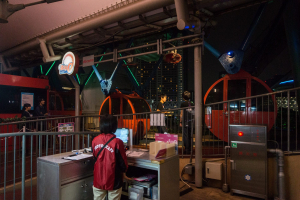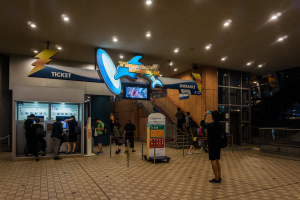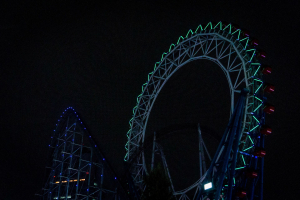Yomiuriland
Basically, Yomiuriland can be described as a classic trolley park; after all, the amusement park, which opened in 1964, resembles many other Japanese amusement parks of that era and is thus located not far from a railway station. However, the park was not founded by a railway company, but by the influential Yomiuri Group, Japan’s largest newspaper publisher and owner of the Yomiuri Giants, among other things.
There is not much more to tell about the history of Yomiuriland. Many players of the timeless theme park development game Roller Coaster Tycoon Classic will have already noticed the name of the park in one of the loading screen messages, because Yomiruiland is home to the world’s first stand-up coaster, the Momonga standing and loop coaster. If you’re now thinking “Uiiiii, a stand-up, how great!”, you can also look forward to the former record holder Bandit. You are welcome to leave out the sarcastic undertone while reading, because this is about historically interesting rides that have also left their mark on other important roller coasters. So let’s stay objective and focus on Yomiuriland in its entirety.
At least that’s what we thought, until we noticed at the valley station of the cable car leading up to Yomiuriland that it was not running. Directly at the train station, a staff member pointed out that there was a bus service up to the park all day long. But do you want to take the bus in muggy, foggy weather? Of course not, and so we dared to make the ascent, which in the end turned out to be very short notice.
When we arrived at the ticket office, we showed our passports and promptly received a hefty discount. Meanwhile, in the entrance area of the park, the park mascots were playing football. It’s the little things that make a park likeable, and this was one of them. In general, I had a positive first impression, which was also due to the day-care centre at the bottom station of the cable car and other social facilities provided by Yomiuriland. One could almost think that an amusement park is a social employer. Of course, this statement is somewhat different in Japan than in Europe, because thanks to year-round openings, at least the financial basis of the employees is guaranteed. In contrast, the trend here is towards minimum wages and more and more closing days during the season. This certainly makes sense from the point of view of many business graduates; from my point of view, however, it is the wrong way.
Bandit
I also find it stupid when you always try to tick off the highlight first. Where is the arc of suspense, where is the urge to discover something new for oneself in peace? So, fast, fast, fast in the direction of the Bandit roller coaster. Left and right of the path doesn’t matter for the time being. The steel colossus from Togo at least offers a feature that I would like to try out. The splashy dive through the greenery, as my good friend Daniel (Lacront at onride.de) very nicely describes it, offers some tingling water effects during the ride that are not to be missed. Unsure which of the two queues would lead us into the wet and happy adventure, we first queued at the one on the right (at the stairs).
Excited and also a little tense, we forced ourselves and our belongings into the narrow cars, closed the shoulder restraints and waited for the train to be dispatched. A member of staff operated a wheel of fortune on which the words High and Low alternated. The pointer then landed on Low and the train started moving. A short time later, a water fountain shot up and the falling water pelted the front part of the train, where we were of course sitting. Shortly after, we reached the lift hill of the ride and began the ascent to the starting height of 51m. In 1988, the ride in Yomiuriland was quite a calibre, which shortly thereafter ushered in the era of hyper coasters.
Once at the top, we complete a short straight before the train now turns towards the green hell below. During the descent, we hear the ignition of another water fountain in the distance, which reaches an estimated height of 40m. What goes up, must come down and so we race through the falling water at breakneck speed. In a high 180° bend just above the cable car leading to Yomiuriland, we quickly change direction before venturing into the greenery once more. Without mercy, we now approach an extremely crisp uphill helix, in which we power our way upwards within one and a half laps. A short descent at the top plateau of the ride follows before we plunge into the thicket once more in another high banked curve. Interestingly, we pass a lower point than on the first drop. But the true height difference of the ride only becomes apparent shortly.
With beautiful pacing, we complete a short airtime hill and immediately plunge into a deep valley. We reach the ground level of the ride for the first time. By exploiting the terrain, this results in a height difference of an incredible 78m. We climb steadily up a long ramp and then, at the end of the ascent, take a completely unexpected turn to the right. A few years ago, we could have seen the sister ride of the German Bandit from Movie Park Germany in all its glory. After the short right-hand bend, we make our way through the large valley once more. We then leave this valley via a short airtime hill, whereupon a left turn initiates the return to the station. After a short straight we whiz up a final climb and soon reach the braking section of the ride.
Go, go, Bandit! The fast-paced ride through the greenery impresses with its elongated layout and wide descents, but also with its Japanese peculiarities. For example, such a compact upward helix is unfortunately rarely found in roller coasters of this size even today. The most important gimmick, however, is the upgrade of the ride experience by the water effects used. Once wet, there is hardly any reason to swap the wet and happy ride for a dry one.
Laser Atlethic – Temple of the Sun
Opposite the Bandit roller coaster station is the interactive walkthrough Laser Atlethic – Temple of the Sun, where you can play tomb raider in the best Indiana Jones style on several missions of varying difficulty. As the name suggests, each course offers a mix of different skill games and a laser maze. In the teamwork variant, for example, you first have to pull yourself over a gorge with a roller board, then cross a laser maze and solve an oversized version of a ball maze in the last room. Of course, the whole thing takes place under time pressure and there are penalties for interrupting the light barrier. It’ s a wonderful fun experience that could also be implemented in various smaller amusement parks in Europe.
Animal Rescue – The Invasion of the Mekanchura
Directly below the Maze is the interactive dark ride Animal Rescue – The Invasion of the Mekanchura, which had to be pointed out to us first; after all, who would have the idea of simply following a rather renegade-looking path? Well, the station of the SL Coaster used to stand down here, but otherwise this corner of the park in Yomiuriland has been deserted. Thematically, you chase down poachers during the ride and capture them with nets before you are attacked by spiders yourself at some point and have to shoot your way out. The ride is quite entertaining and enjoyable.
Animal Coaster
If you follow the paths uphill again, you will end up in the family area around the park’s big Ferris Wheel. Here you will find several themed rides, including the snazzy Wanpaku Railway Oliver and the Animal Coaster. The latter is a variant of the historic Tumble Bug ride, which can still be experienced in a similar way in Kennywood Park.
Giant Ferris Wheel
In addition to a theoretically great view of Yomiuriland and the surrounding area, the Ferris wheel has foil-covered themed gondolas in addition to the normal gondolas, complete with matching background music. So you might think that the ubiquitous theme of “High & Low” in Yomiuriland would be about various Japanese metal groups. But in fact, according to the podcast Die Achterbahnreisenden, it is about Japanese gangster groups from various films. The whole thing culminates in High & Low Land, including a museum on an event area in the park.
Flag Street
Passing a children’s train and a carousel, we are now drawn to Midway Flag Street, a somewhat aging area with a variety of iconic rides, walkthroughs and restaurants.
To the left is a double feature consisting of a vintage car ride with a dinosaur theme and a bicycle pedal track running above it. Directly behind it and leading once around the entire area is the first go-kart track of Yomiuriland, which in turn consists of two tracks of different lengths.
Wan Wan Coaster Wandit
On the right side of Flag Street, the children’s roller coaster Wan Wan Coaster Wandit by the manufacturer Hoei Sangyo awaits us. The ride on the small roller coaster begins with a right turn out of the station. This is immediately followed by the lift hill that takes the train to a height of 5.5m. In a steep turn to the left, you quickly approach the bottom and then pass under the lift. In a 180° helix you then gain height metres again and cross the first curve of the ride. On a straight with integrated hills, you now make your way across the ride for a few metres before the return to the station is initiated via another turn. After another lap, the nice ride comes to an end.
Right next door is a Japanese compressed air jet ride with additional water effects, similar to a very primitive version of the Flying Fish from Zierer, where the park guests can aim water cannons at the passengers. Somehow, the Japanese are even crazier than the English when it comes to water, but interestingly enough, they are said to be somewhat afraid of it.
Hero Training Center Mission 8
There are also two walkthroughs directly opposite each other on the Midway. In addition to a classic Japanese house of horrors, there is also the Hero Training Centre Mission 8, which is quite something. You have to master task after task in several stages and rooms. These vary between games of skill, endurance games and puzzles. It’s just a shame that there are milestones in between that you have to pass. Although we seem to have figured out the card game, we probably did it completely the other way round and therefore got kicked out. It’s a real pity, because this attraction is also absolutely outstanding and could be established in an European amusement park. Since the fan scene has suddenly been overwhelmed by Karls Erlebnisdorf theme parks anyway, how about this? Another idea they announced in numerous interviews has already been implemented here in Yomiuriland by a German company, but more on that later.
Looping Starship
For now, it’s time to indulge in the looping craze of the late 70s and early 80s, and what could be better than a Looping Starship from Intamin. Just like in Nagashima Spa Land, the queen of the overhead ship swings convinces with its fast acceleration cycles and the terrific hangtime at the highest point of the ride.
Standing & Loop Coaster Momonga
One level higher, we experience the same game on a roller coaster. The Standing & Loop Coaster Momonga has a special feature, as the ride is able to accommodate two different types of vehicles. For this purpose, the station was divided in two, with both sides parallel to each other. A transfer element then pushes the respective side onto the central lane, whereupon the fun can begin.
After leaving the station, we immediately climb the lift hill of the ride. Having reached a height of 25m, we briefly enjoy the view before the right-hand bend we are currently in becomes more and more of a descent. In no time at all we find ourselves in the valley and are loaded with wonderful G-forces. Immediately we enter the loop and circle the lift hill once in the vertical plane, which has a nice visual effect, especially in the stand-up version. This is followed by a wide horizontal loop. After a short valley, there is an almost equally wide left turn, which represents the turn back to the station. Soon the brake of the roller coaster is reached and the ride is over. Now you are quickly pushed back to your loading side so that the other side can be sent on its way.
The Standing & Loop Coaster Momonga is not the most exciting roller coaster and especially compared to later rides of the manufacturer it is absolutely harmless. Nevertheless, it manages to perfectly embody the zeitgeist of the era. In short: It is simply cult and, especially because of the alternating operation between stand-up and sit-down cars, it is a very interesting ride. If you can live with that, you can switch back and forth between the two variants; it was definitely fun.
Crazy Hyuuu and Crazy Stooon
Passing the wave swinger Milky Way and the water park Water Amusement Island (WAI for short), which for a small entrance fee offers a Lazy River, two children’s landscapes, a diving tower, a large wave pool and a total of three sliders (although only the Spiral and the Straight Line Slider, a kamikaze slide, are included in the entrance fee; the large rafting slide, however, is covered by the free pass), you head towards the Lan Lan area with its sea lion show and the two S&S towers. While the Crazy Hyuuu tower shoots you to a height of 60m, Crazy Stooon drops you down with a supposed -2G; however, it was nothing compared to the force of Flamingo Land’s Cliff Hanger tower.
Hashibiro-Go
Directly opposite, another product of the manufacturer S&S was once supposed to open. Unfortunately, it only took a short time for the Robin Twist Coaster to have its first accident. After this, the ride was immediately shut down and dismantled a short time later. Thus, El Loco shares the dubious record of the shortest operating time of an S&S roller coaster with the Ring°Racer at the Nürburgring. In the meantime, a round ride, the Mega Disk’o Hashibiro-Go, has been built in its place.
Good Job Attractions
Those who have always wanted to jump down with a bungee cord can do so from a 22m-high platform for a relatively low price. We, on the other hand, now turn our attention to the Good Job Attractions industrial theme area, which can be reached from here via an entrance across the water park. In fact, we had to look for quite a long time here and finally took the entrance near the main entrance.
Here, Yomiuriland suddenly presents itself to its park guests as highly modern, clean and absolutely imaginative. Especially in comparison to the really run-down Flag Street, this is a very, very, very big contrast, which is also reflected in the doublets of rides. In addition to a modern bicycle pedal track, where you go on a crime spree in a video game, there is also a modern go-kart track, which bizarrely still partly runs along the old go-kart track. In addition to some nice children’s rides, there is also a very interesting game of skill in the outdoor area, where you have to influence the course of oversized marbles. Lovely!
The remaining rides are integrated into themed industrial halls. These are divided into the Fashion, Bungu, Food and Car Factories. Similar to an expo, you are immediately drawn into the respective theme when you enter the respective hall. The industrial charm is more like a child’s idea of an industrial plant, which is very good for the whole area.
In the Bungu Factory, for example, another game of skill awaits park guests in Yomiuriland, while Fashion World can boast the Spin Runway roller coaster, a spinning coaster from the manufacturer Gerstlauer. Things get really crazy on the Splash U.F.O. round boat ride, which is themed around the protection of the Nissin Yakisoba U.F.O. factory, which produces ready-made ramen. You can also accompany your own dinner during production. Last but not least, the Car Factory offers the opportunity to design your own car and then test-drive it on an interesting track.
Splash U.F.O.
Let’s now take a closer look at the two large-scale rides in this area. In the Food Factory we will board one of the boats of the compact Hafema mini raft ride Splash U.F.O. As in the Fuji-Q Highland, only boats for a total of four people are used in the ride. In retrospect, we should have realised by now at the latest what was coming up. But since the people in front of us had not got out particularly wet, we dared to take a ride without a rain poncho on the last day of our trip to Japan. In fact, the ride became tremendously entertaining due to the resulting tirades of escape from Nicolas’ side.
But back to the beginning. As soon as you have boarded the boats and been secured by the staff, the ride can begin. The station conveyor belt pushes us onto a small rotating platform that turns 90° in succession. A small film is shown on a ceiling projection, to which we can react with the buttons in the boat before we are pushed into the ride’s lift. We follow the production chain of ramen noodles up a few metres before the villain with the teapot on his head wants to eat us. We escape and slide down a 180° helix in the process. Shortly after, a crisp descent follows. In a short block area after the run-out we are stopped and another story segment is projected on the ceiling. A 570° downward spiral follows, with additional water cannons on the side of the channel sending the boat into an extremely violent spin. After a leisurely descent, we find ourselves in the classic rafting channel of the ride. Accompanied by several rapids, we leave the building and make a short turn around the outside of the ride. Back in the hall, a few more metres of rafting follow before we stop again in another block area. Now, with the help of the U.F.O. Ramen Man, we have to defeat the villain once and for all. Shortly afterwards, the ride ends and the ramen dish is saved.
So, dear team of the Karls Erlebnis-Dorf parks, please build something exactly like this. You don’t necessarily have to take over the interactive component, but I’m sure you could find a use for it somehow. These mini raft rides from Hafema are already a class of their own and are unfortunately far too rare outside Japan.
Spin Runway
However, you don’t necessarily need a rapid river for a successful factory tour, a spinning coaster will do. At least that’s how you can describe the Spin Runway roller coaster. After a really beautifully designed and partly interactive cue, we lock our valuables in a locker and immediately take a seat in the familiar Gerstlauer chaises. The ride begins immediately, very similar to the roller coaster Maskerade from the Wiener Prater, with a darkride part through some serpentine curves. After this, we reach the ride’s lift. In this case, however, it is a drum lift. During the ascent, we can play a little mini-game in which we have to collect as many items of clothing as possible for our chosen mascot. Wildly pushing around does not help at all, everything has to be coordinated with the other occupants of the car.
Once at the top, we complete a hairpin turn and slowly pick up speed. After the countdown 3,2,1 Speed Runway we throw ourselves into the first downhill helix under numerous light effects. After a short valley, we gain a little bit of altitude again before we skilfully reduce it in another downhill helix. This is followed by a somewhat longer stretch above the station, which is skilfully exploited by the car’s spin.
A block brake is followed by a brisk combination of a downward helix in a clockwise direction followed by an upward helix in an anticlockwise direction. Shortly afterwards we find ourselves on the runway of the fashion show and the braking section of the ride. Only a few moments later, the station is reached and we can get off.
Spin Runway is not a really long spinning coaster, but it is an insanely well staged one. Before the ride, I was already afraid that it would be a direct sister ride to the extremely weak roller coaster Maskerade from the Wiener Prater and accordingly approached the ride with very low expectations. But I was wrong; the ride was great. Although the chosen elements were also used in the ride in question, the ride on the Spin Runway offers a much more immersive experience. The rotation of the car itself could be a little faster, but that is the only real criticism of the ride. I would definitely have liked to go on one or two more rounds here.
Back in the daylight, Nicolas was suddenly recognised by one of the Achterbahnreisenden, who themselves were discovering the country for themselves with a large group of enthusiasts. While we just had our last day in Japan, it was still one of the first for them. It was nice to talk a bit, although none of us expected to meet other German roller coaster tourists in Japan.
Pictures Yomiuriland
Conclusion Yomiuriland
Yomiuriland is an amusement park that looks really run-down in places, but it always stands out positively with its selected novelties. They do their best and it shows. In general, I liked Yomiuriland a lot, but I can also understand if you don’t really like this park. The selection of rides is good and the interactive walkthroughs are quite something. The amusement park also finally had some halfway usable merchandise to offer and so I left the park with a plush of Detective Conan in my luggage.
What is your opinion about the theme park Yomiuriland? Just write it in the comment field below the report or visit our social media channels:
Click here for the next report of the Titanic Max Tour

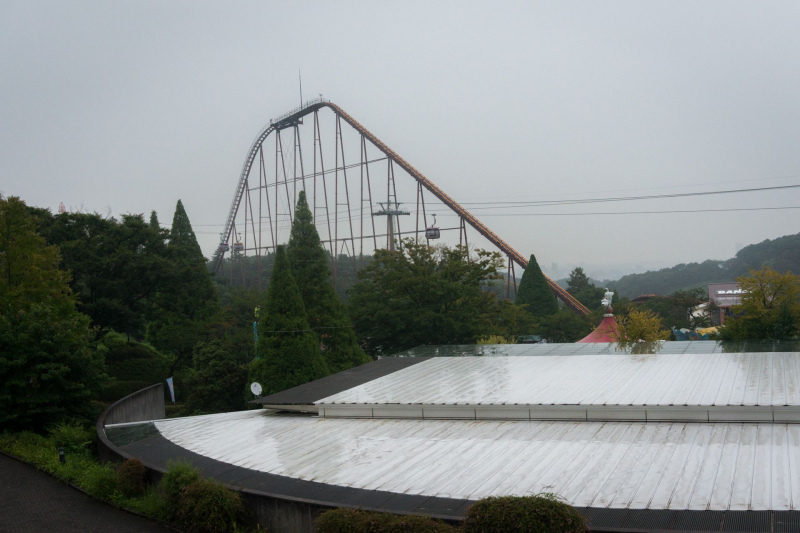
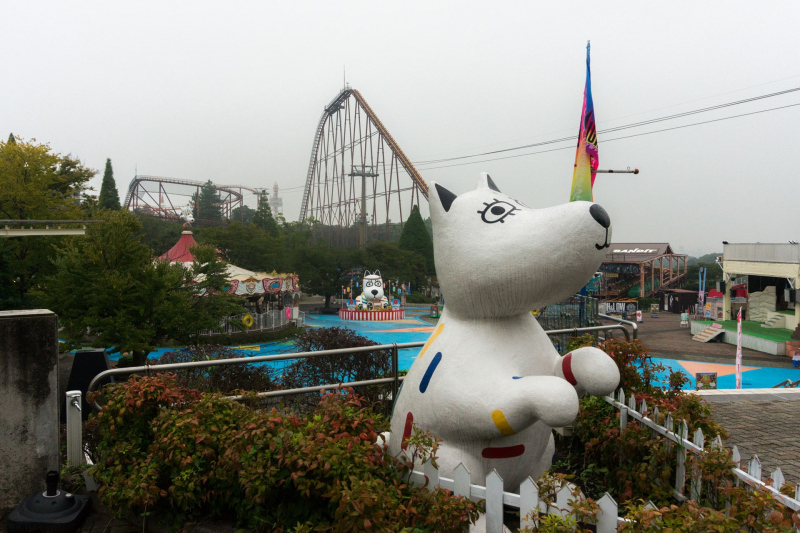
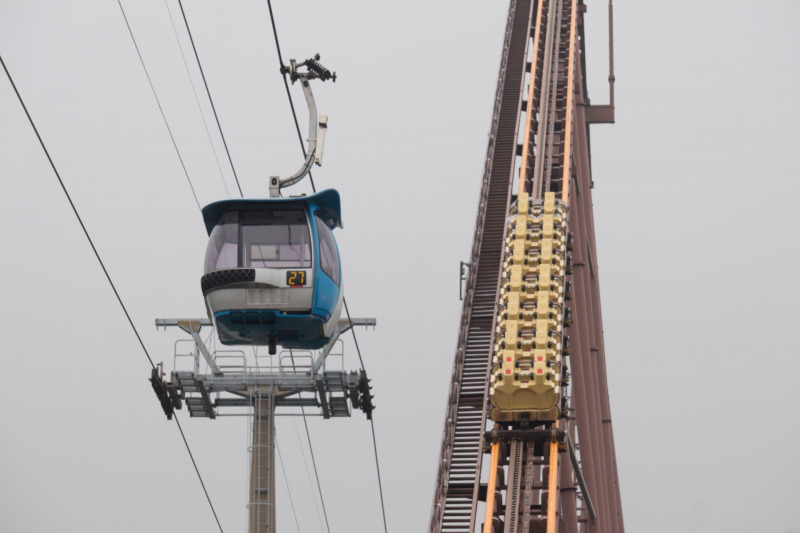
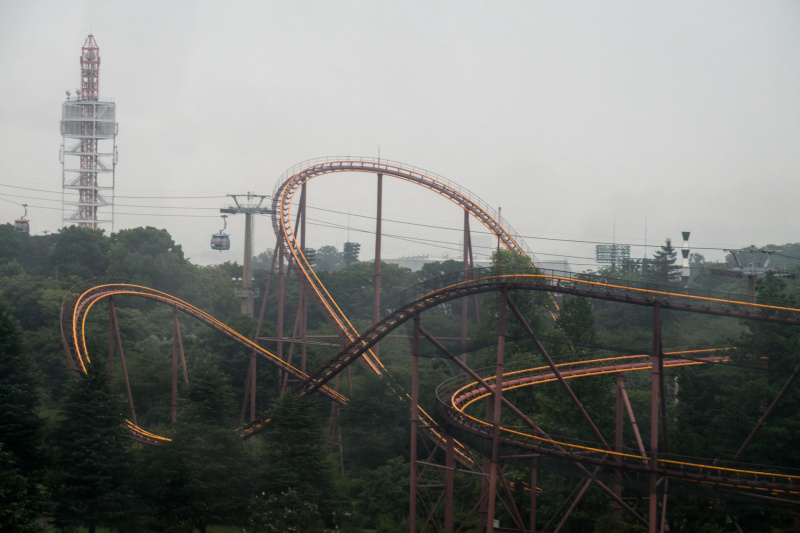
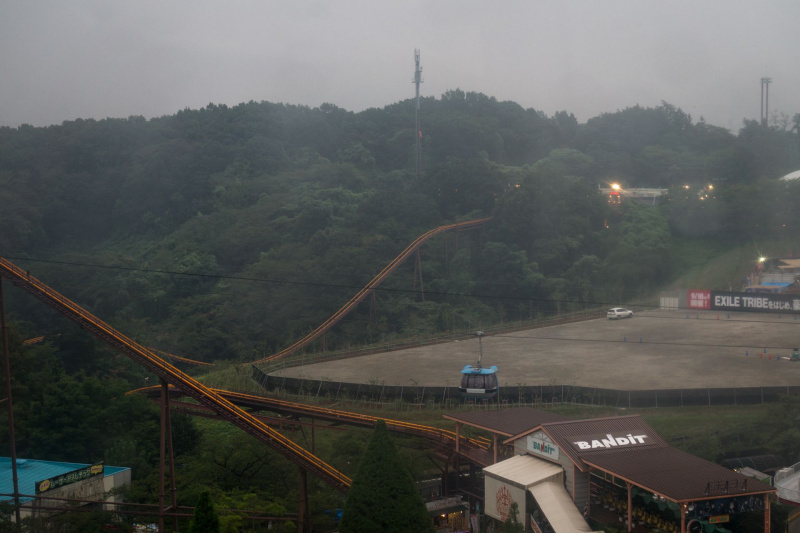
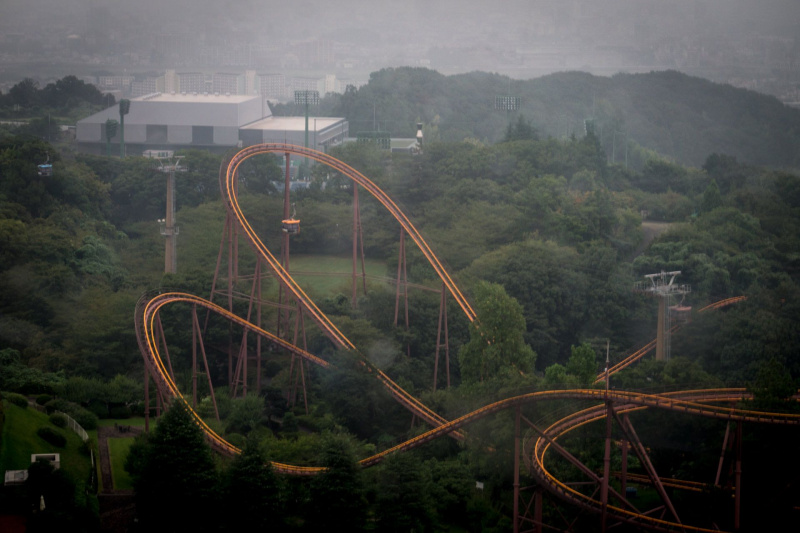
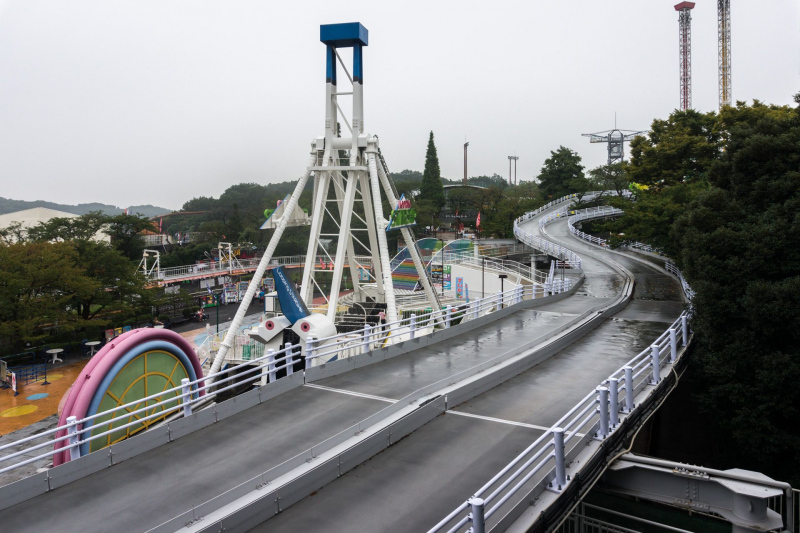
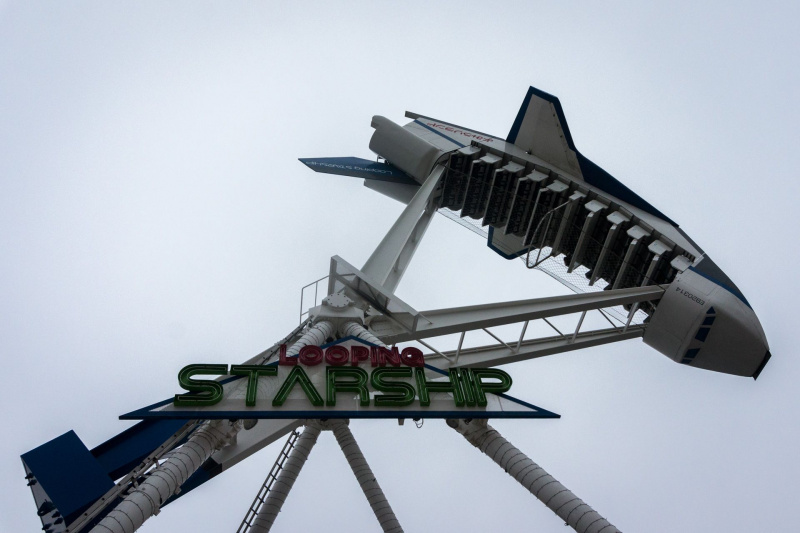
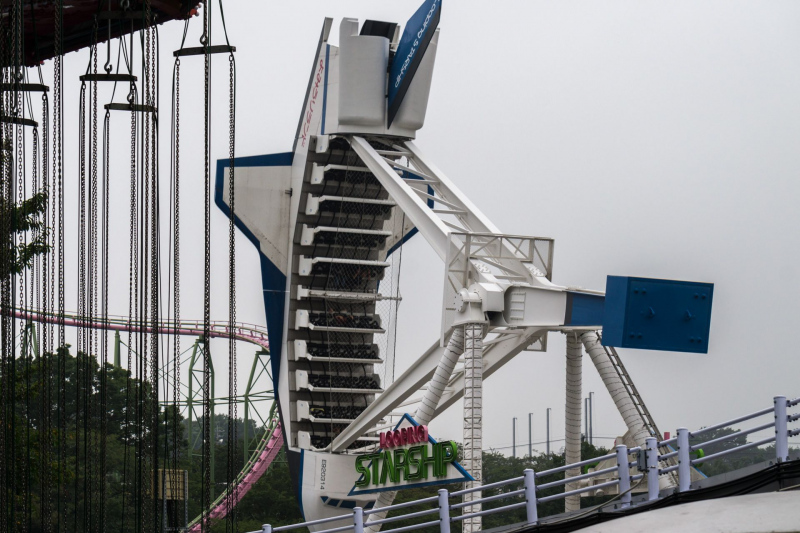
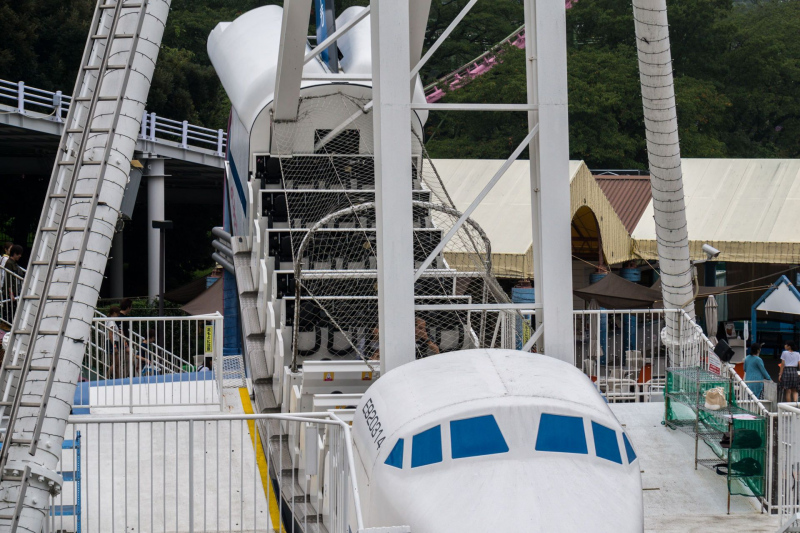
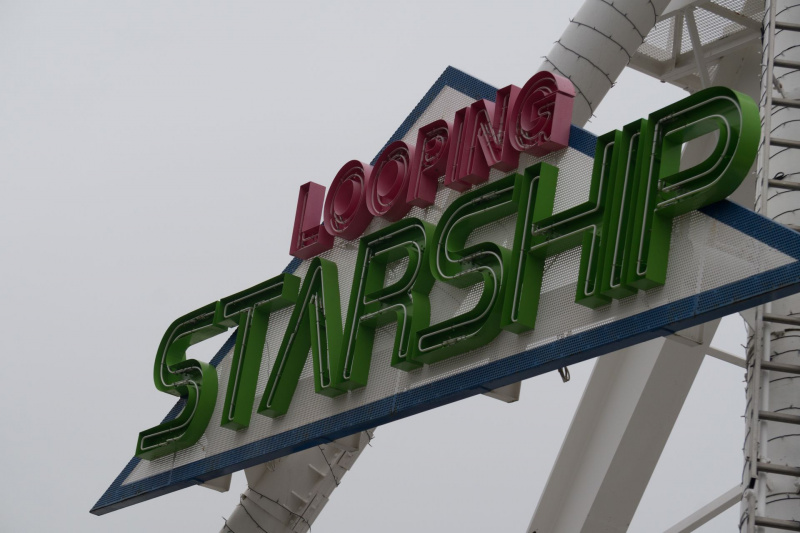
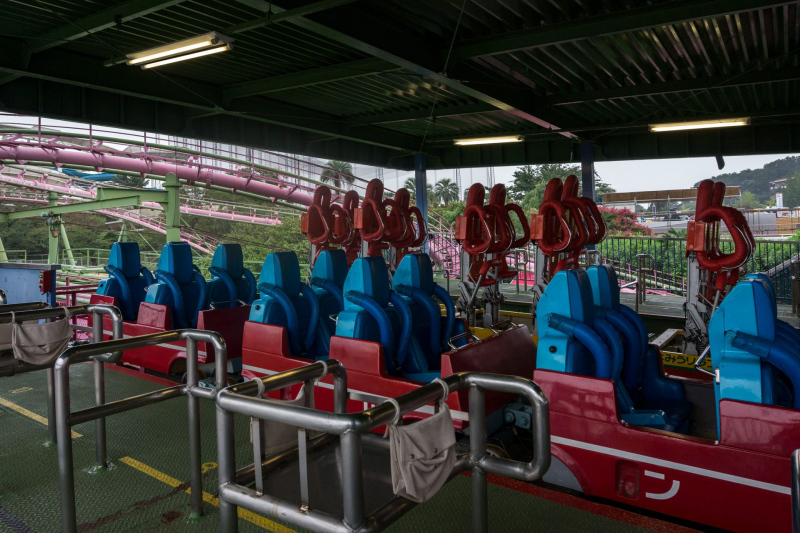
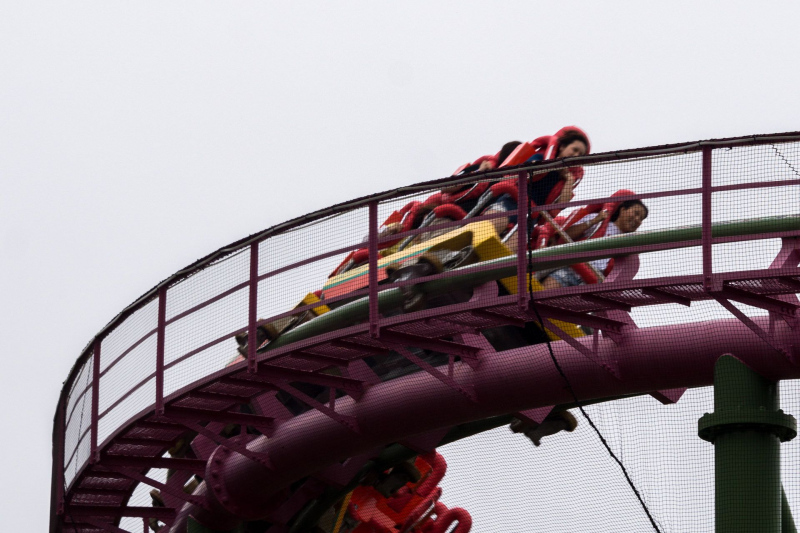
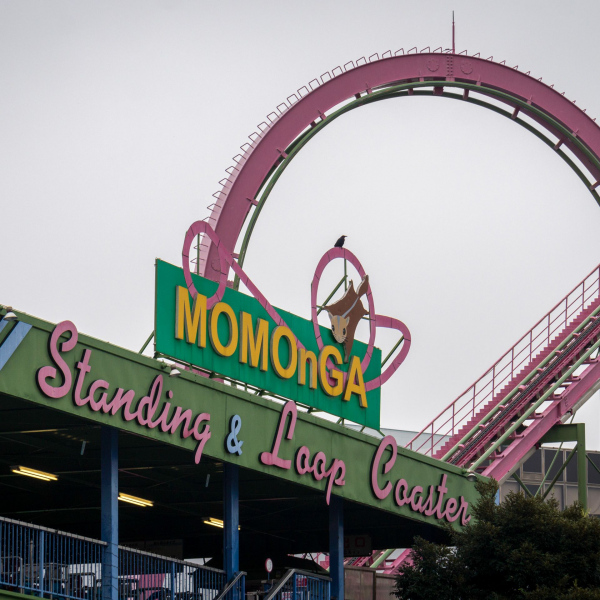
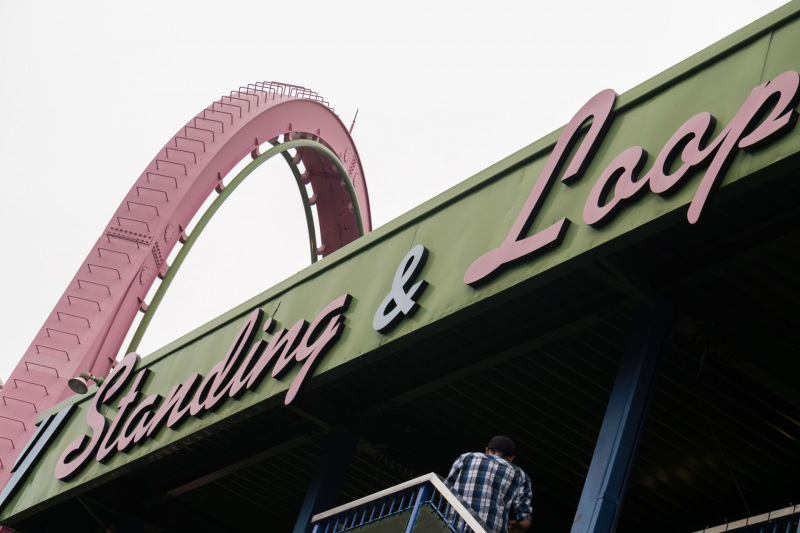
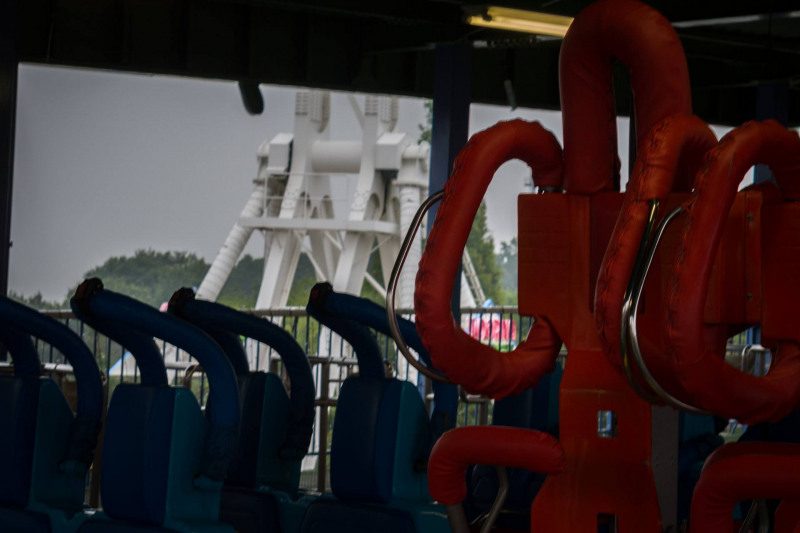
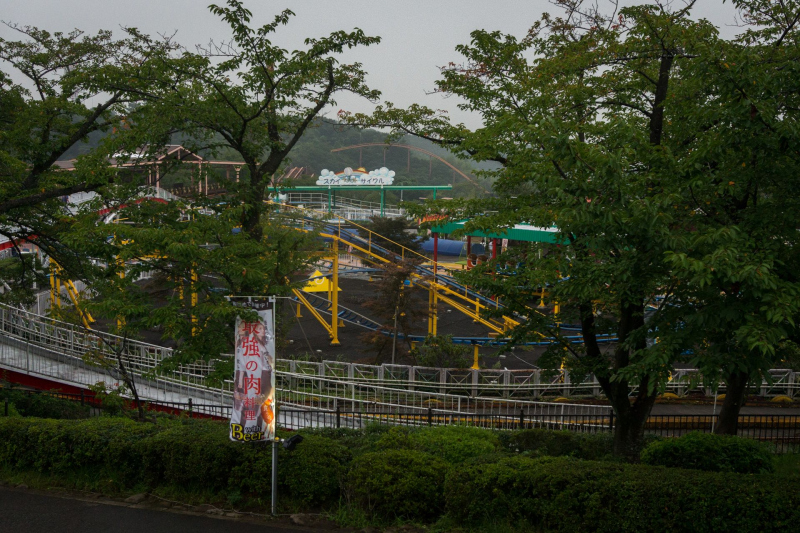
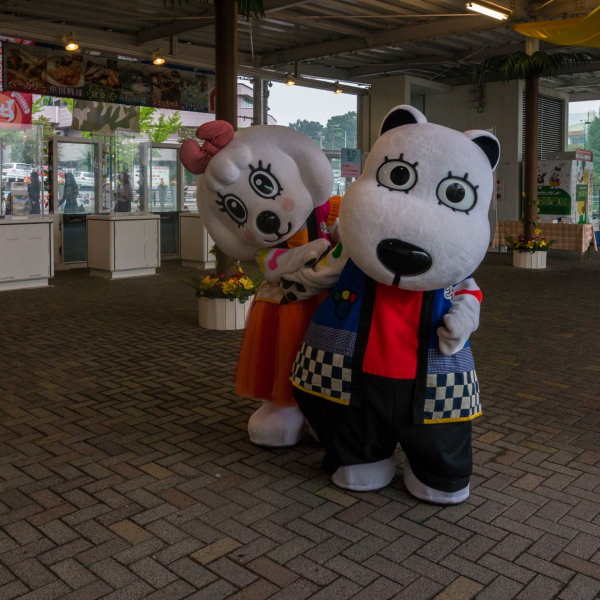
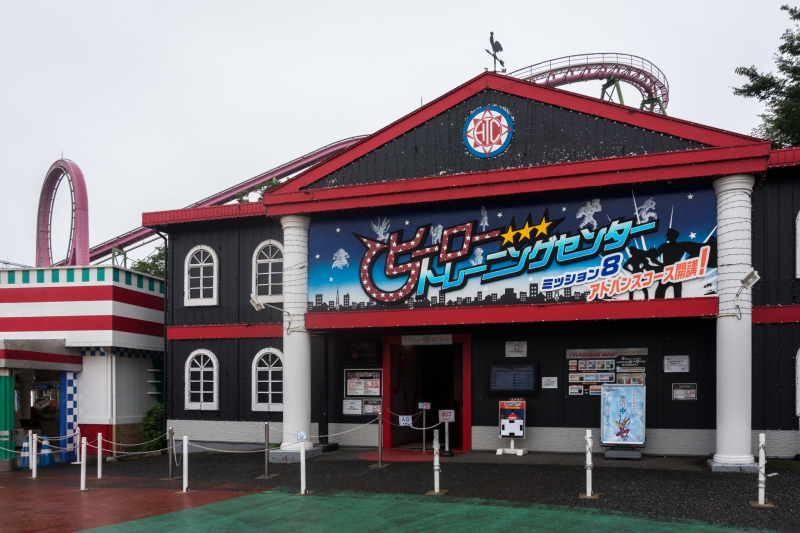
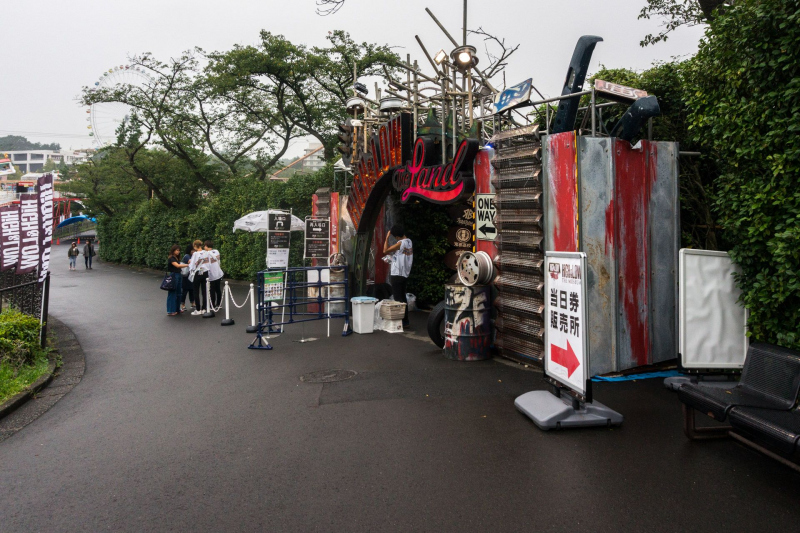
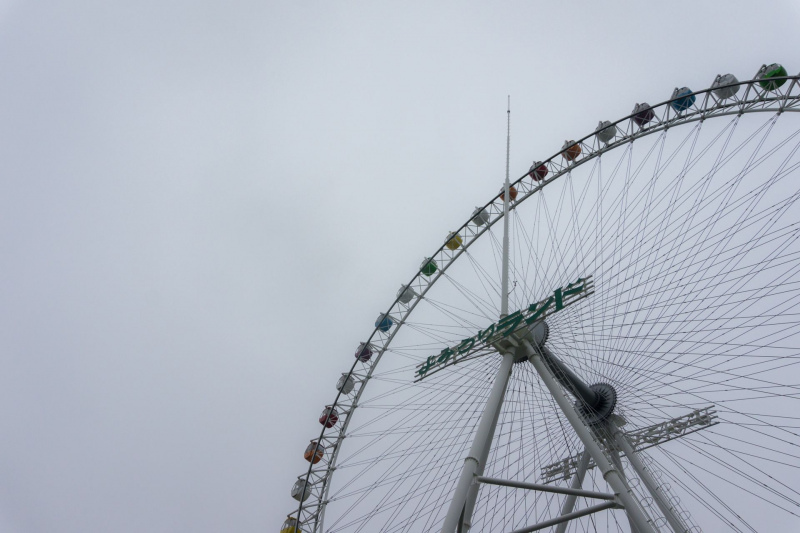
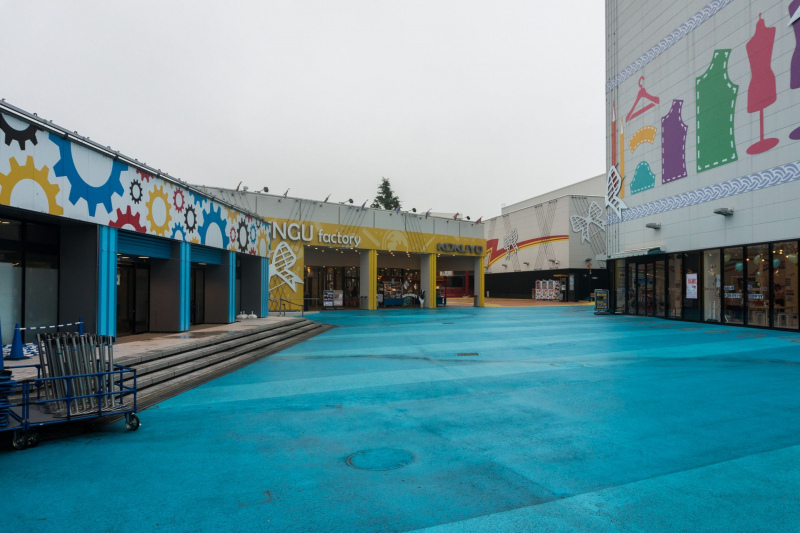
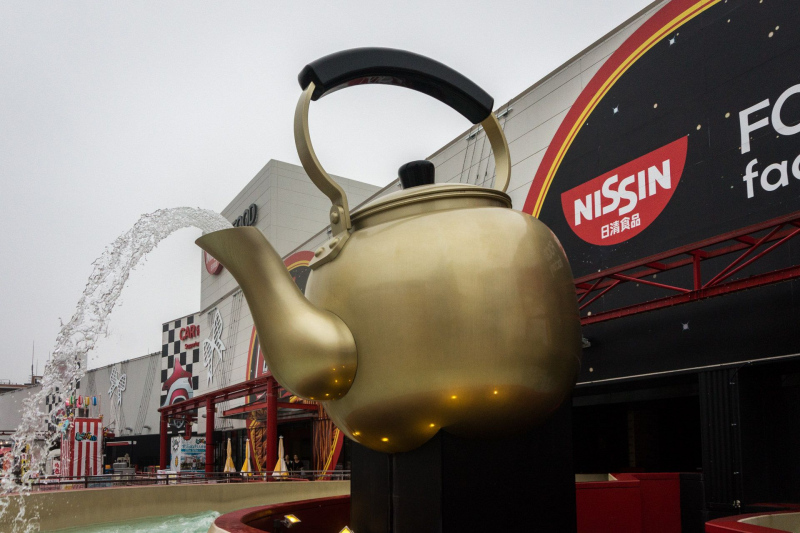
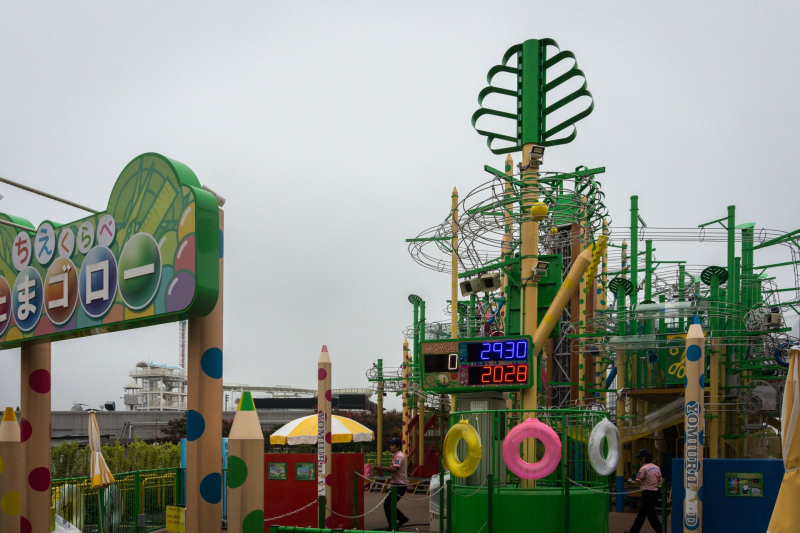
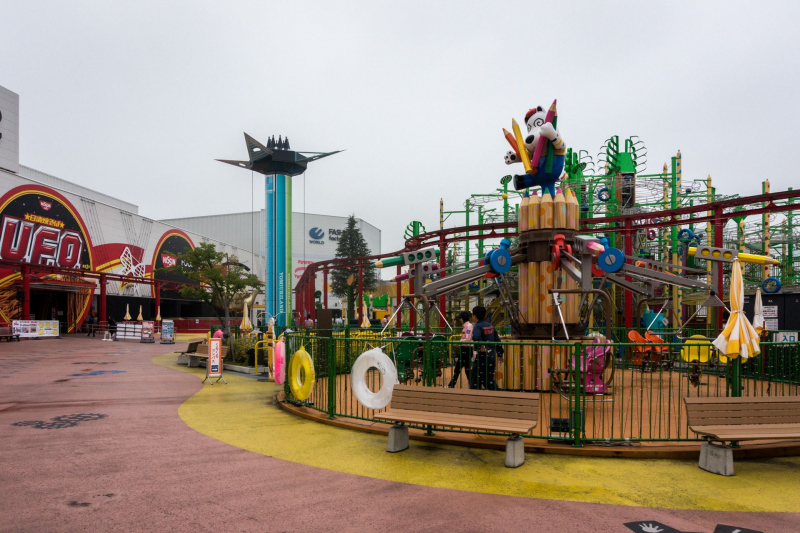
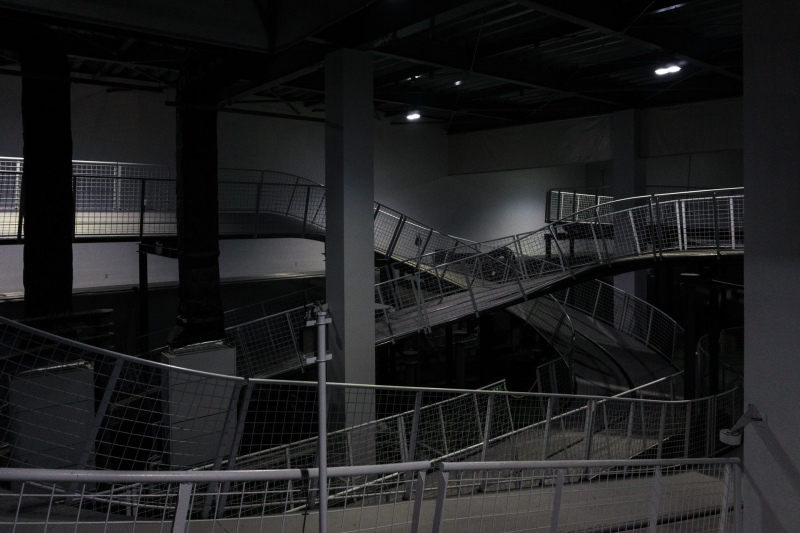
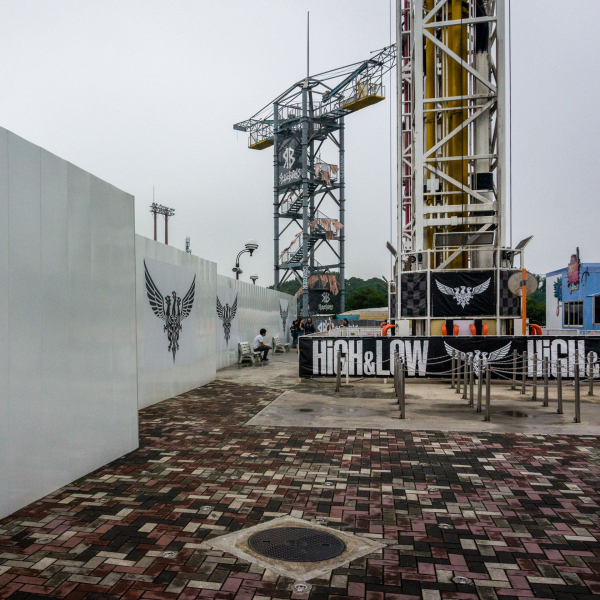
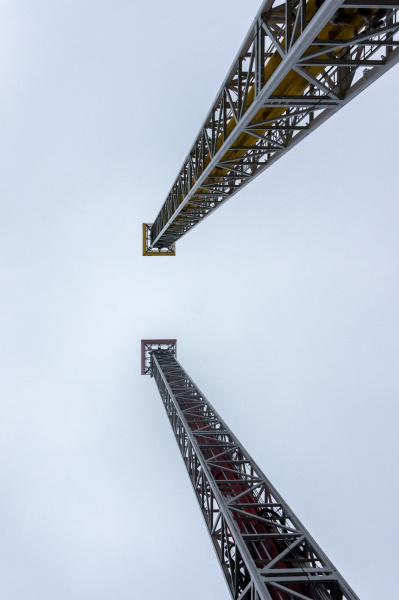
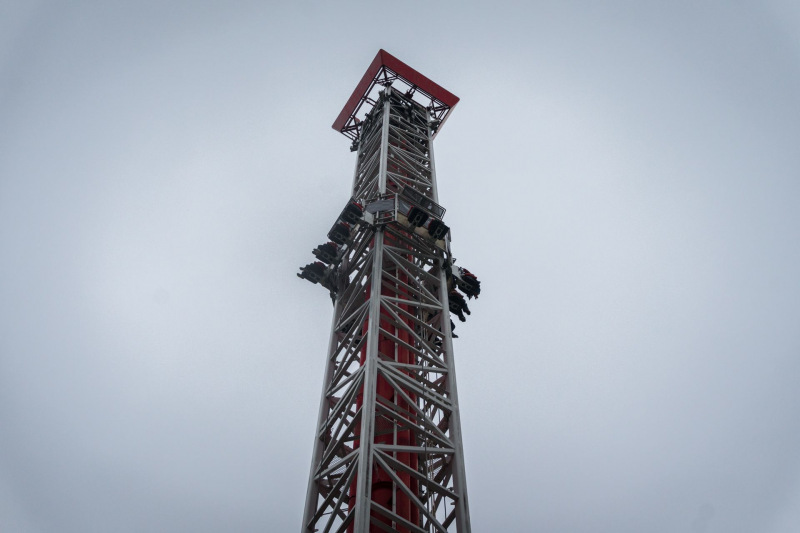
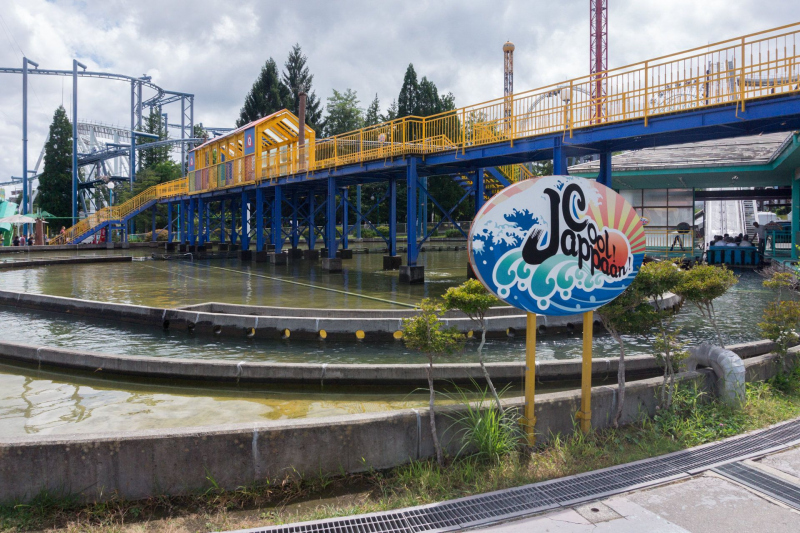
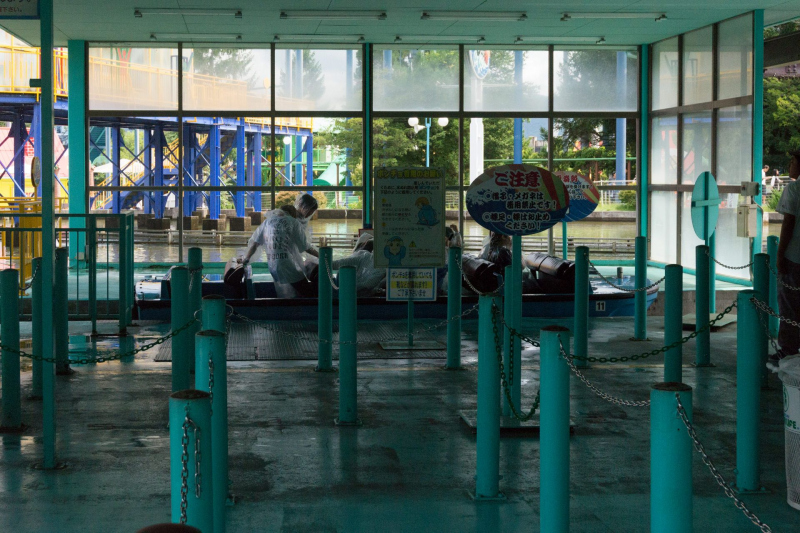
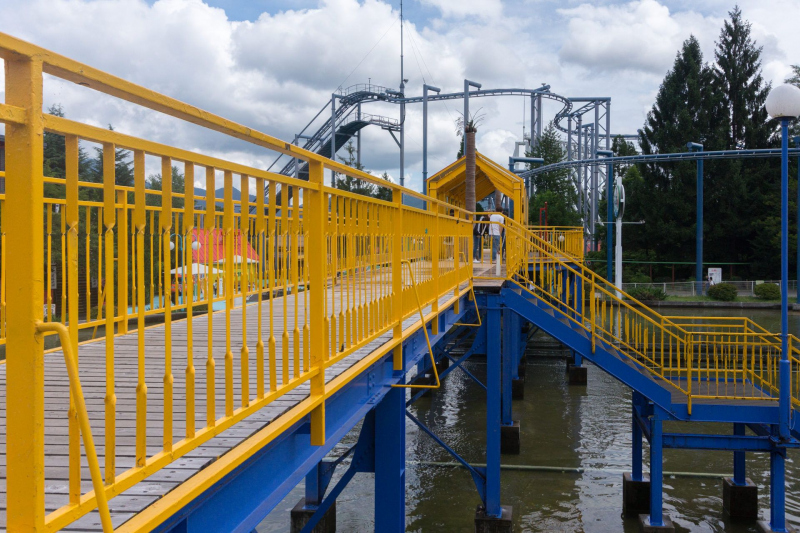
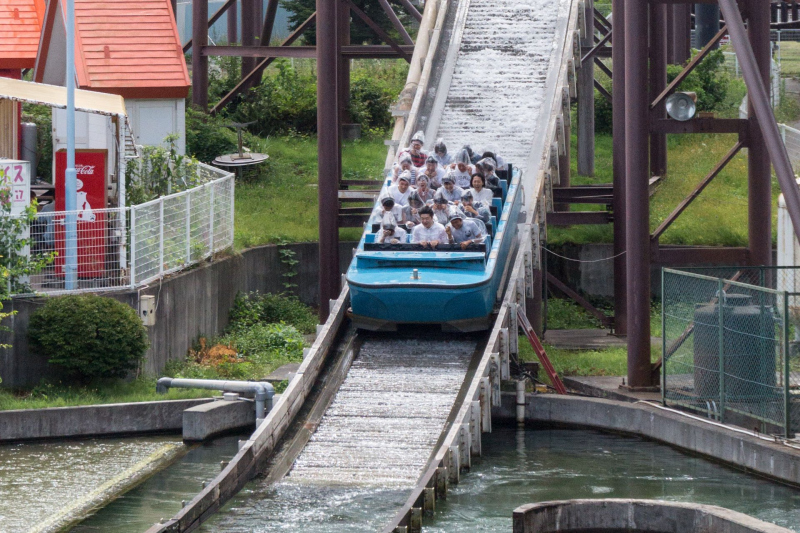
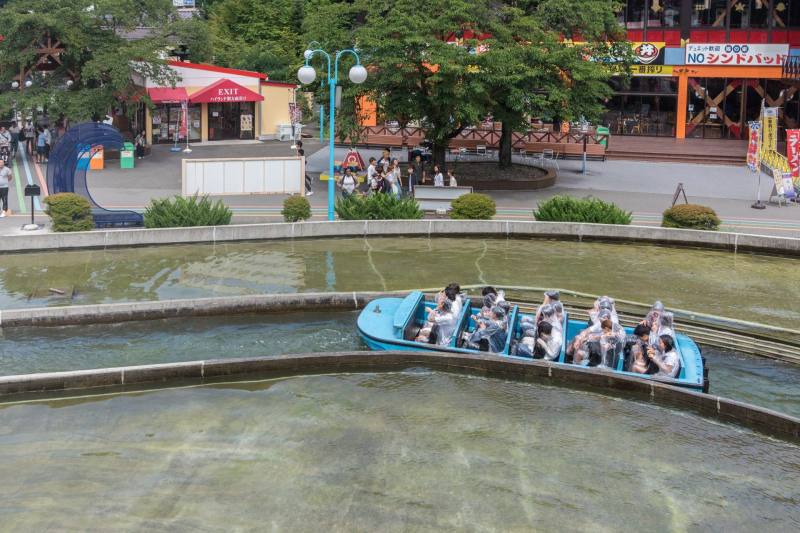
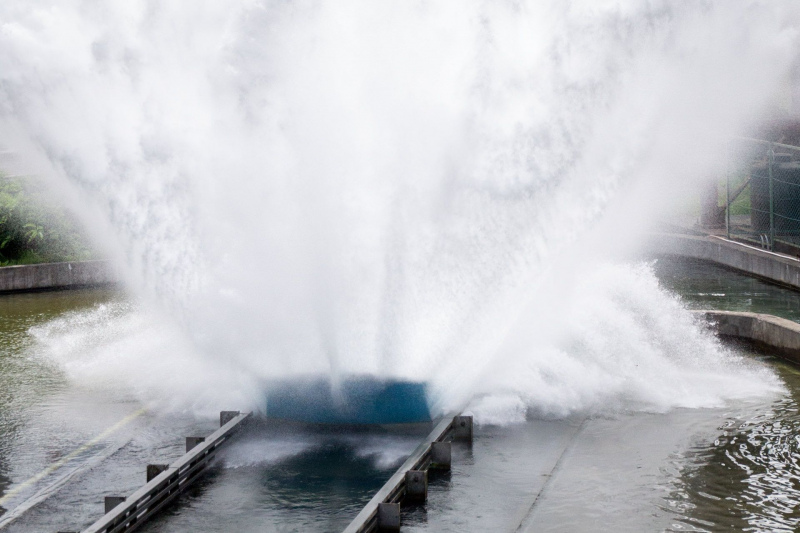
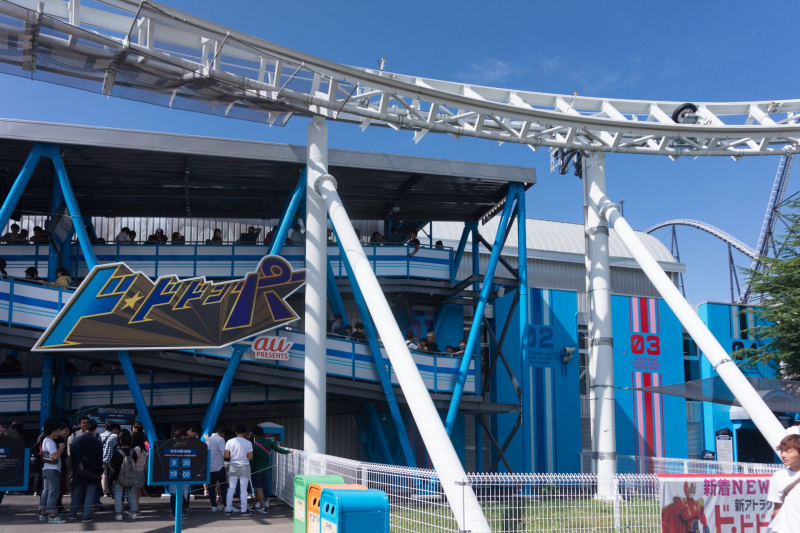
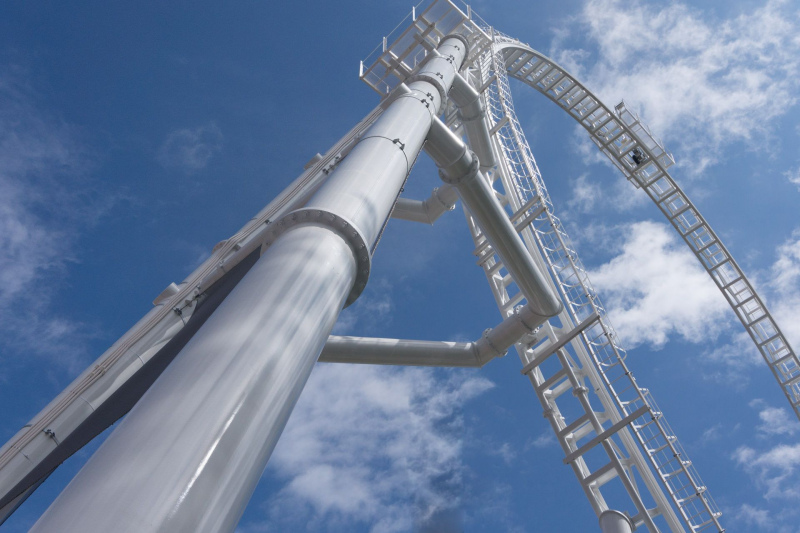
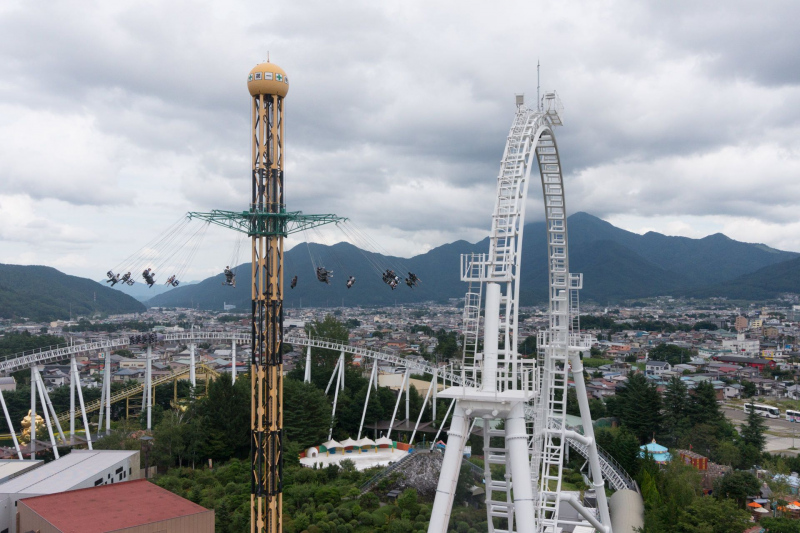
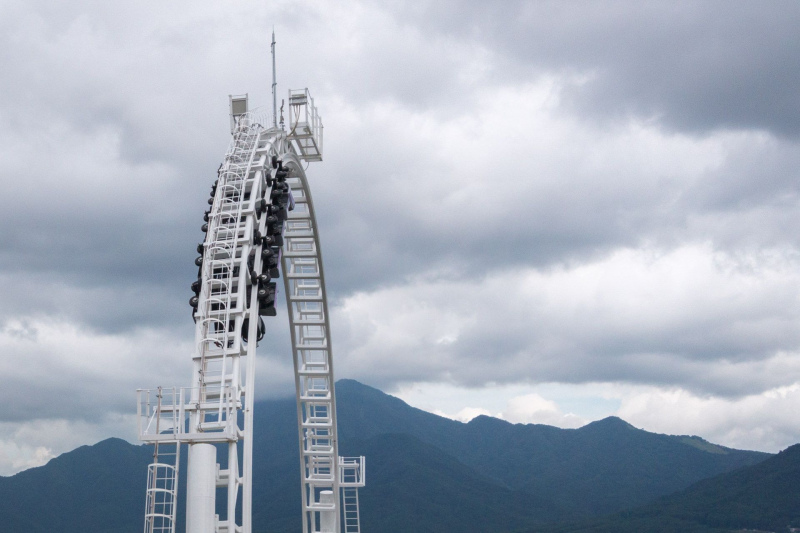
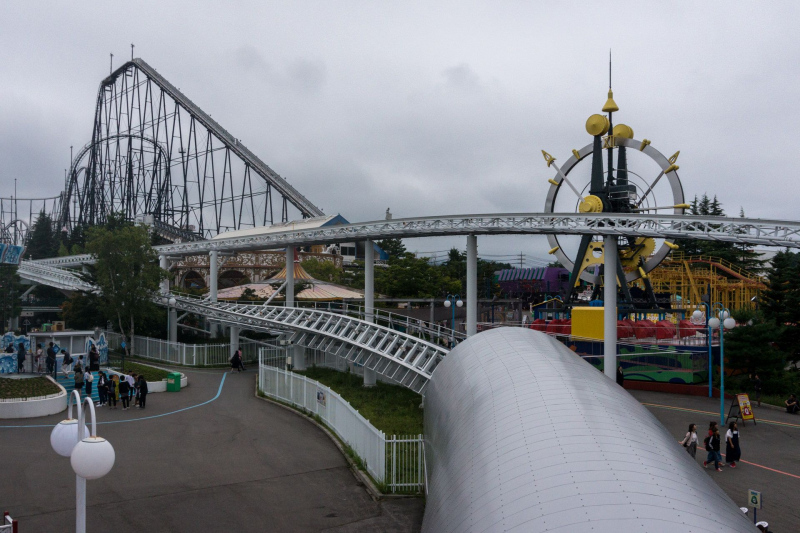
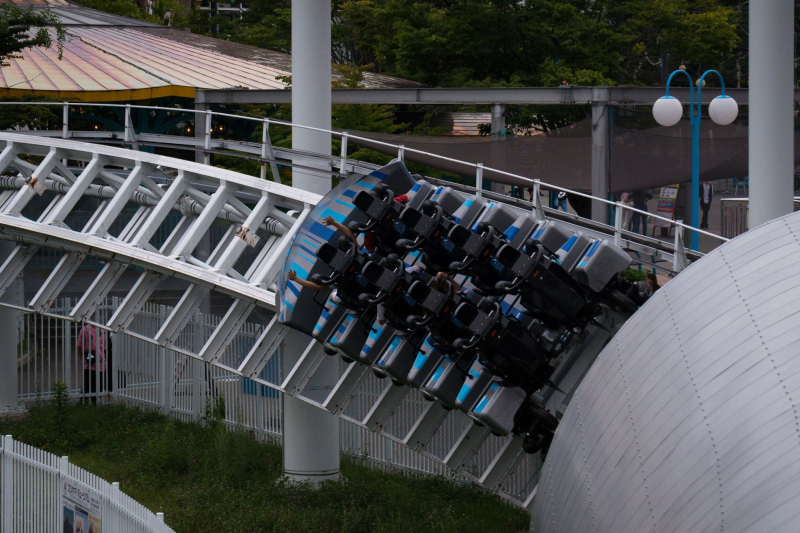
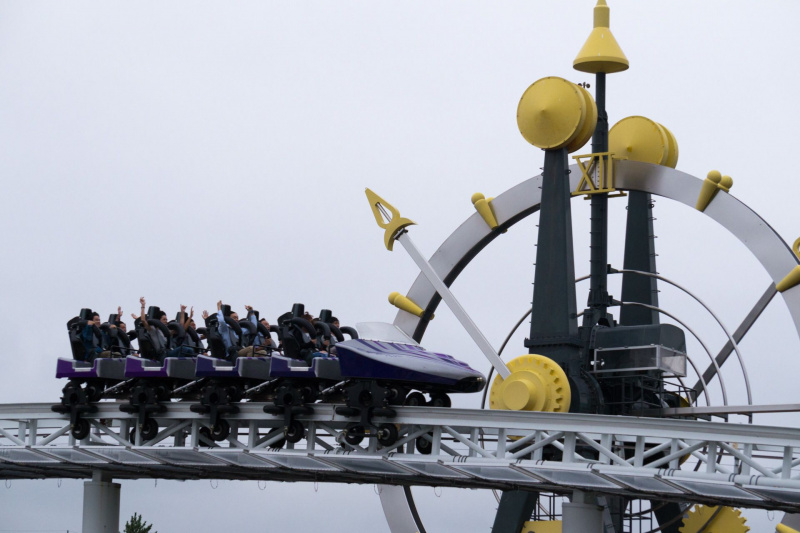
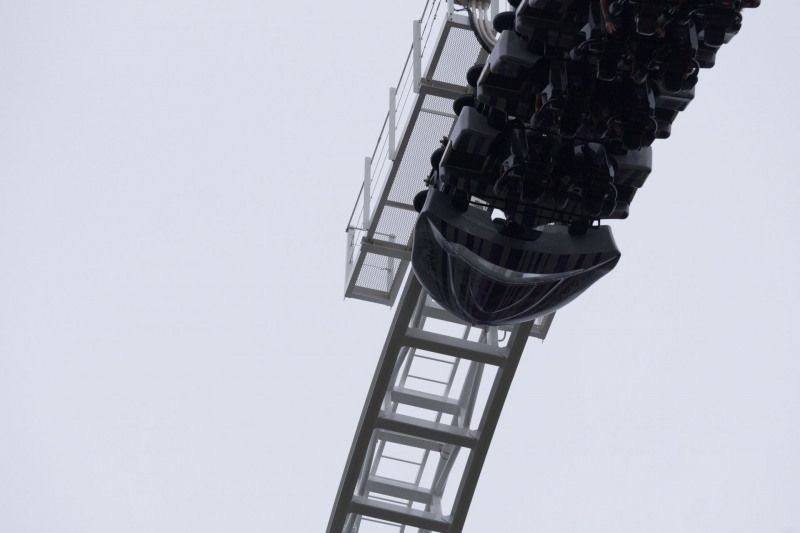
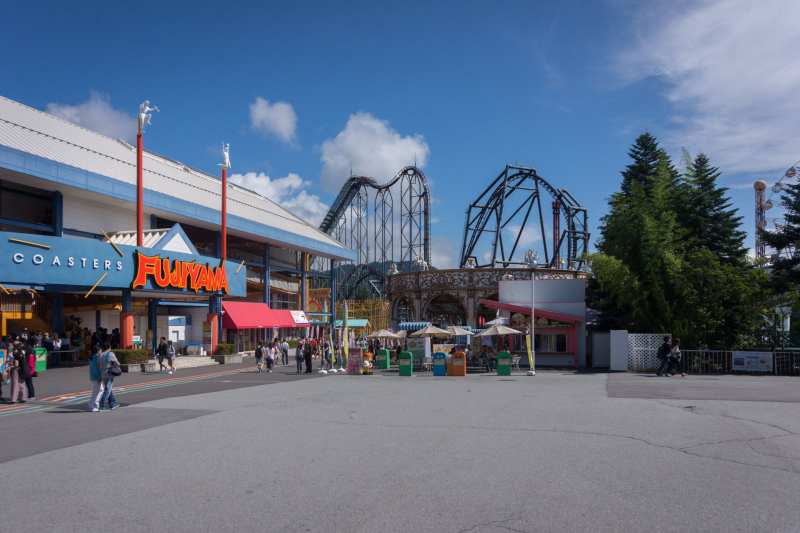
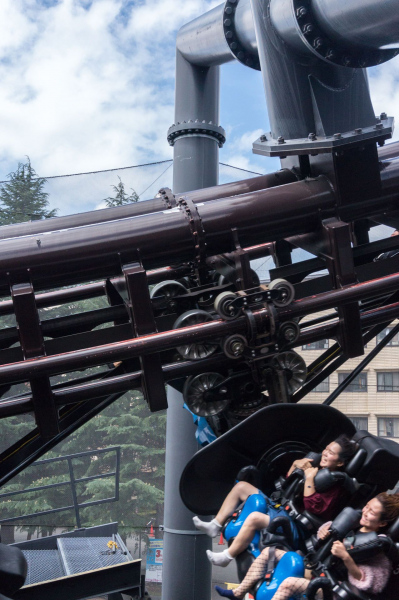
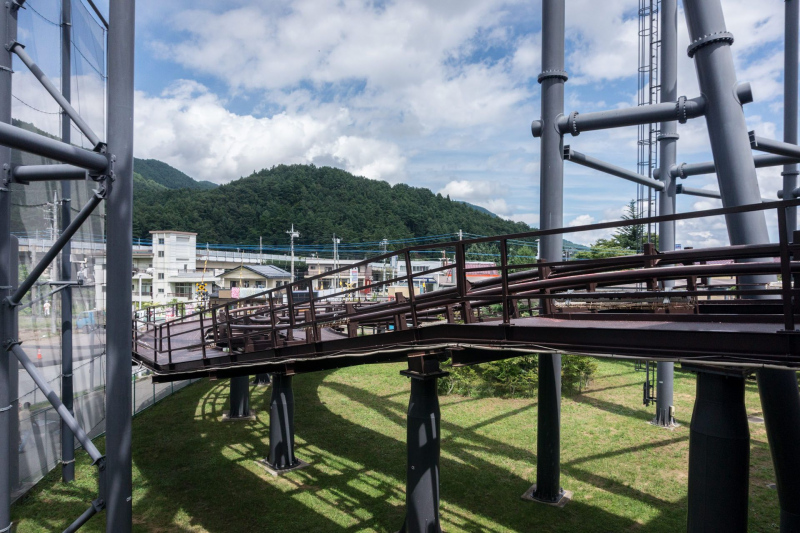
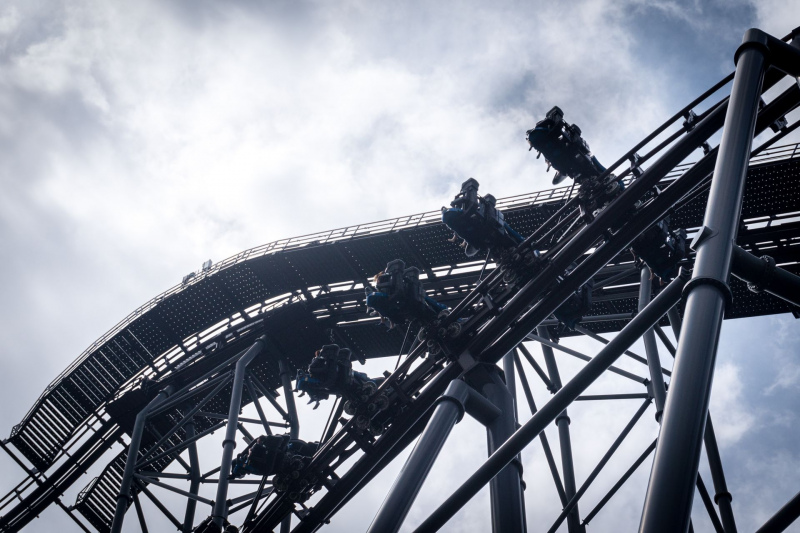
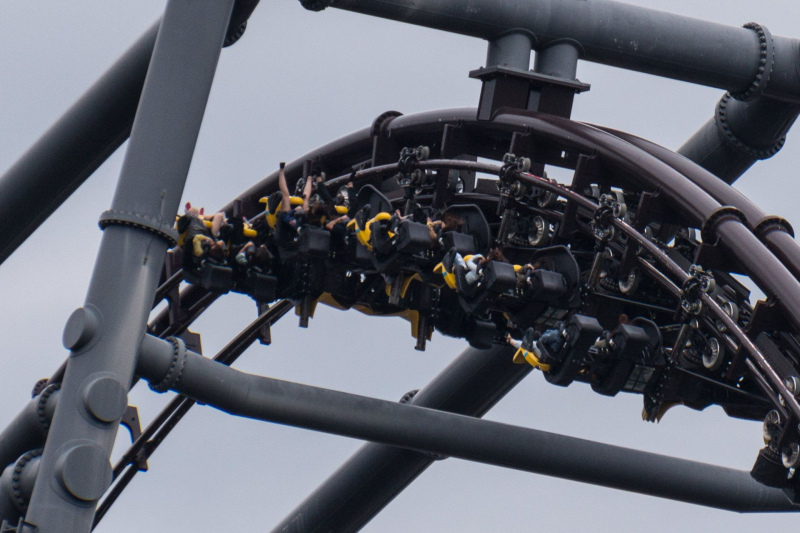
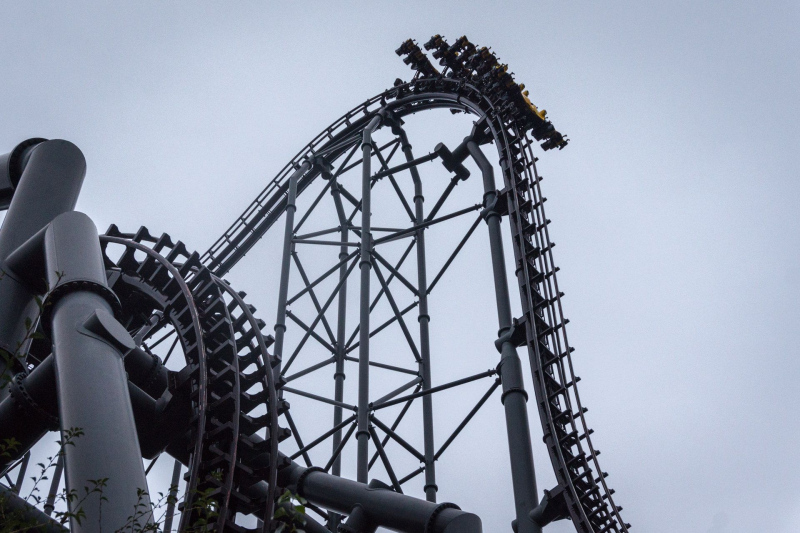
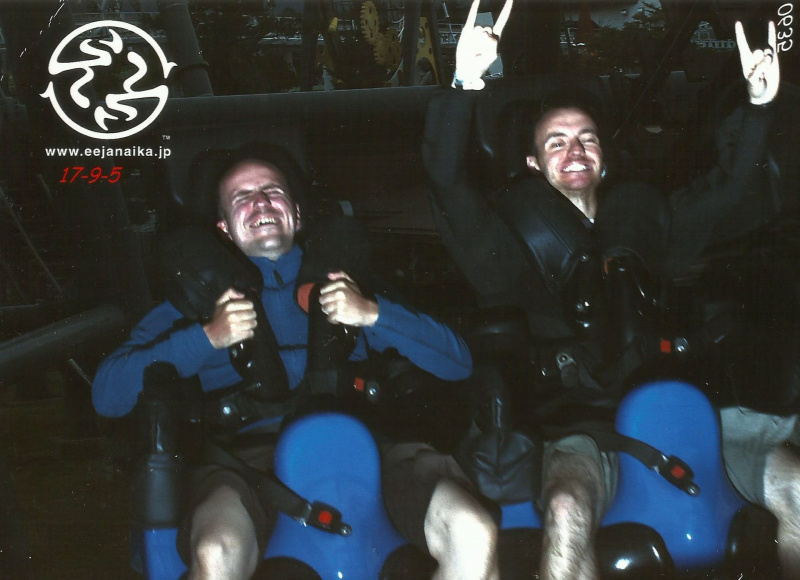
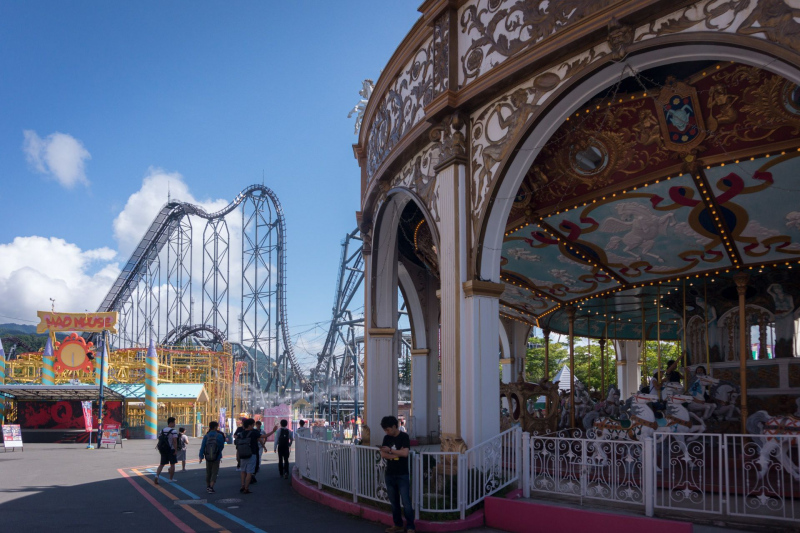
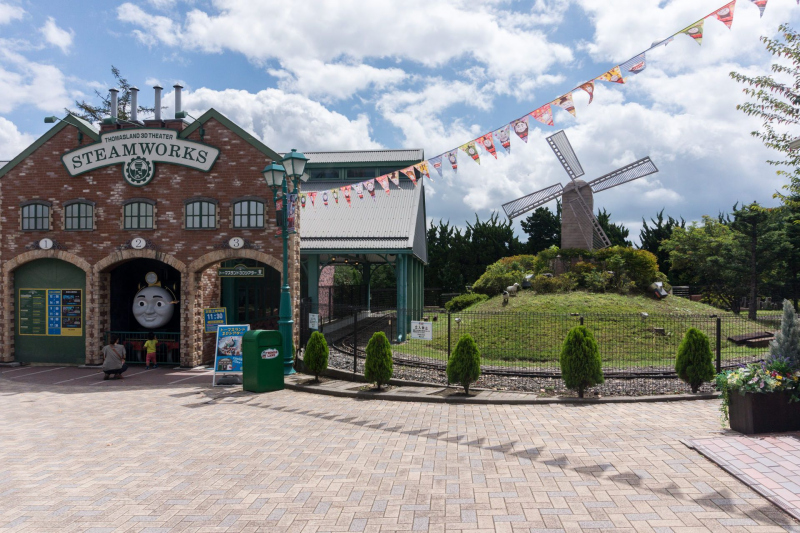
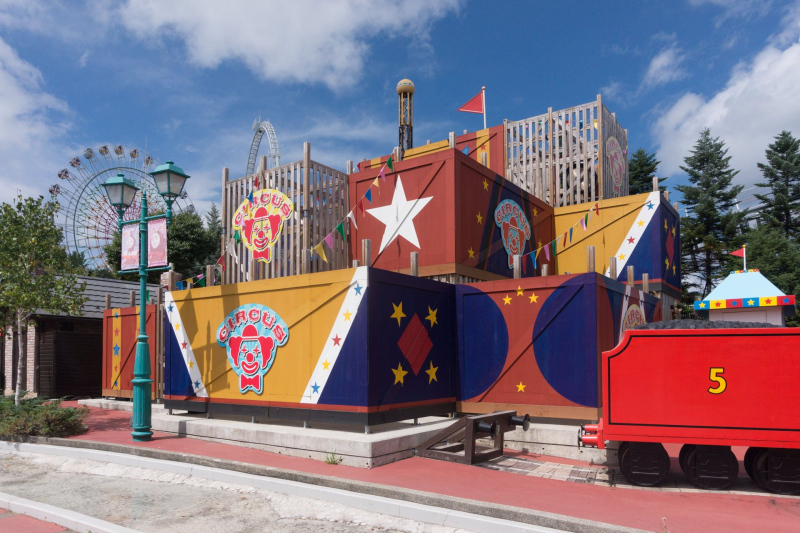
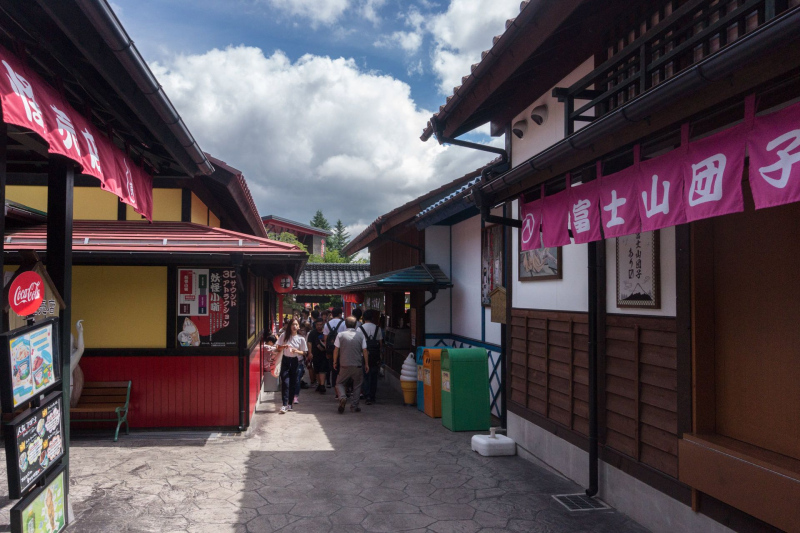
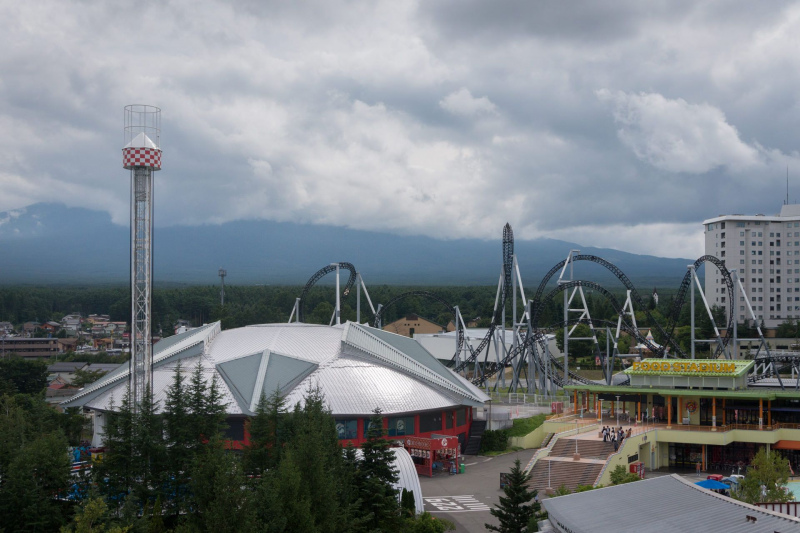
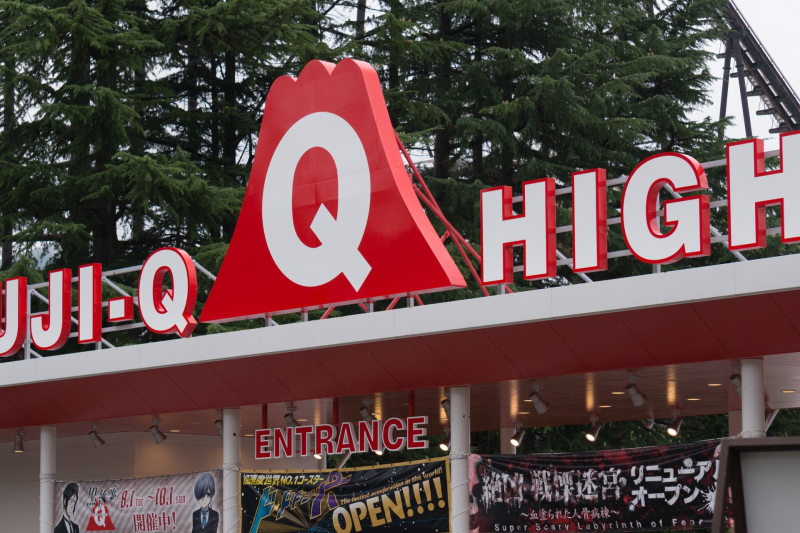
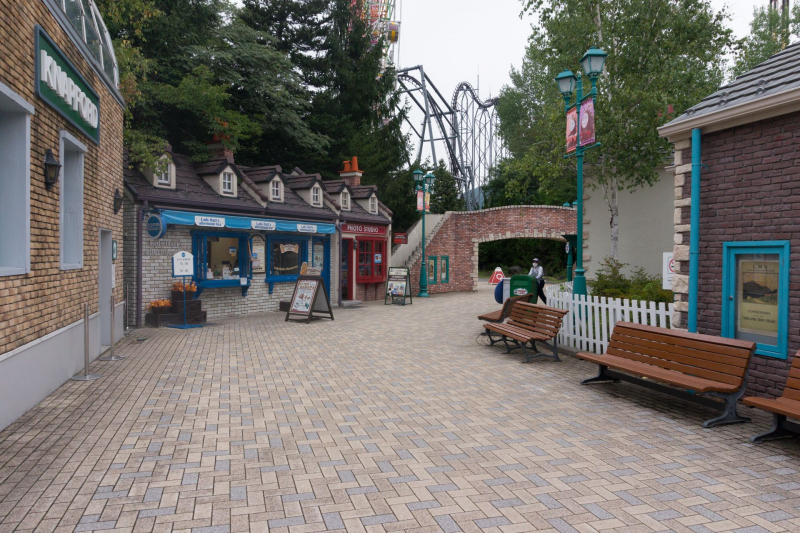
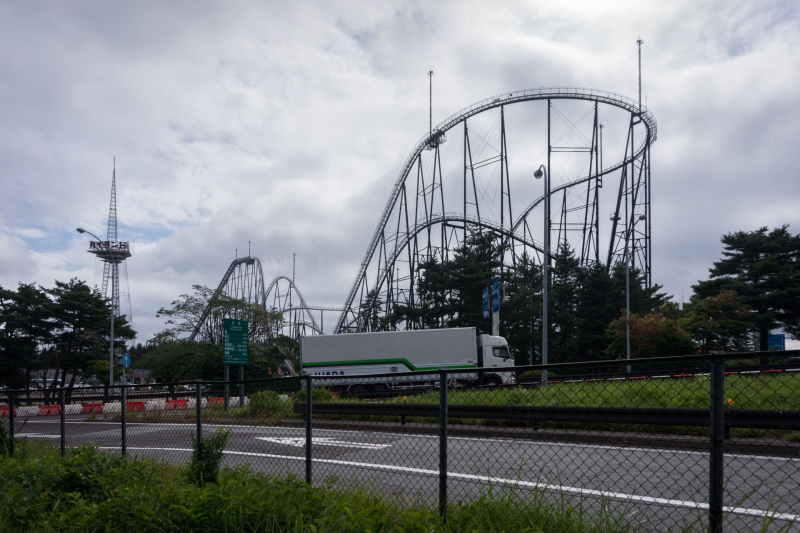
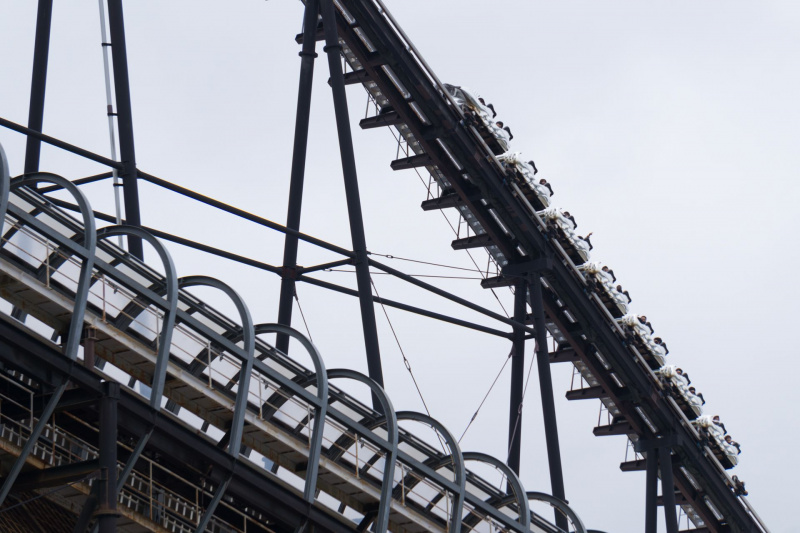
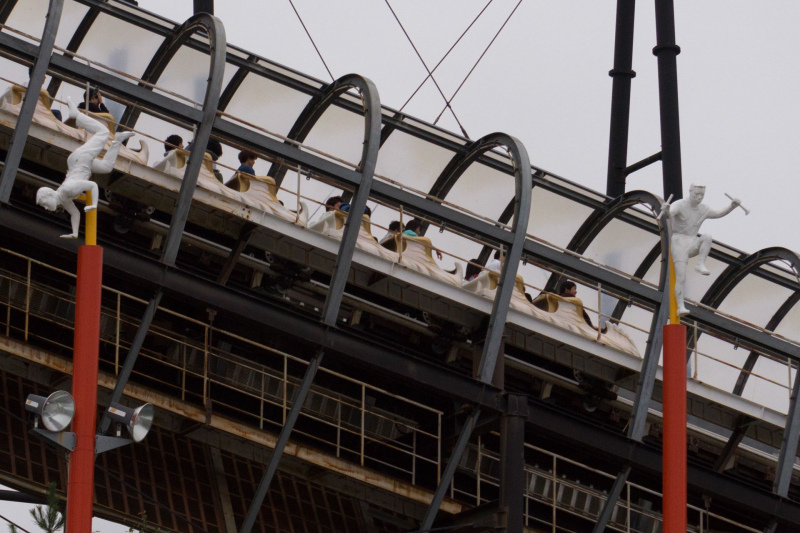
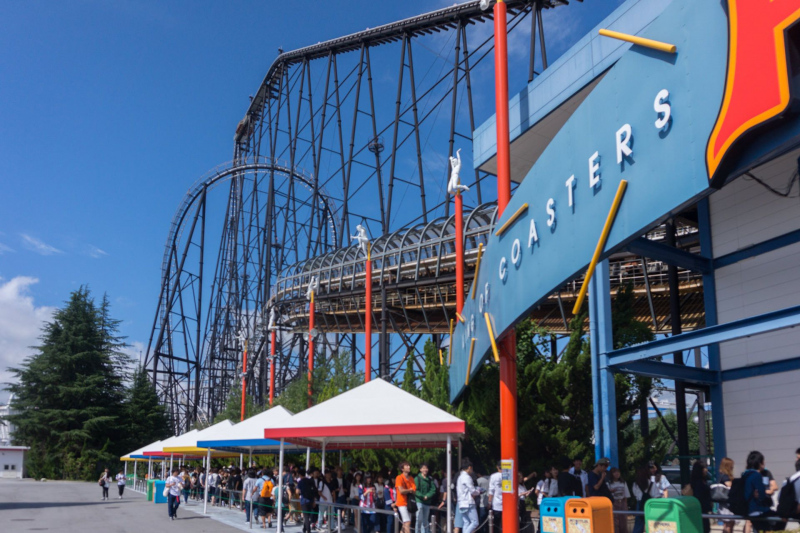
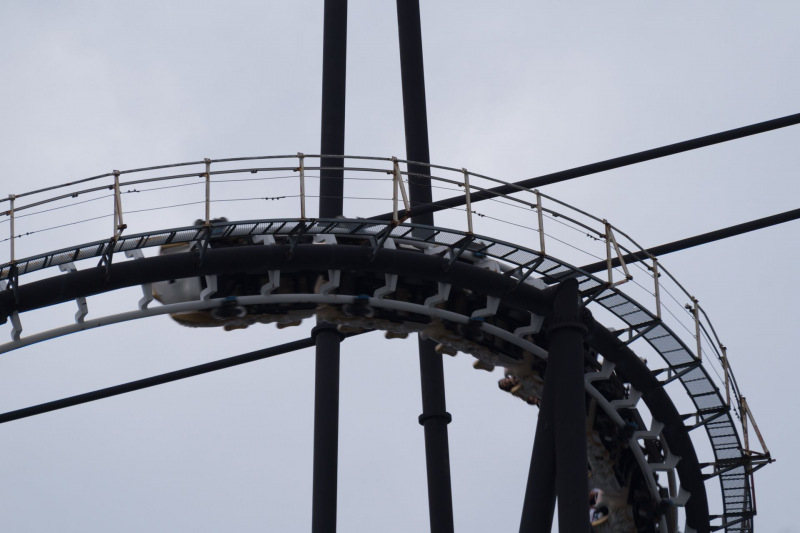
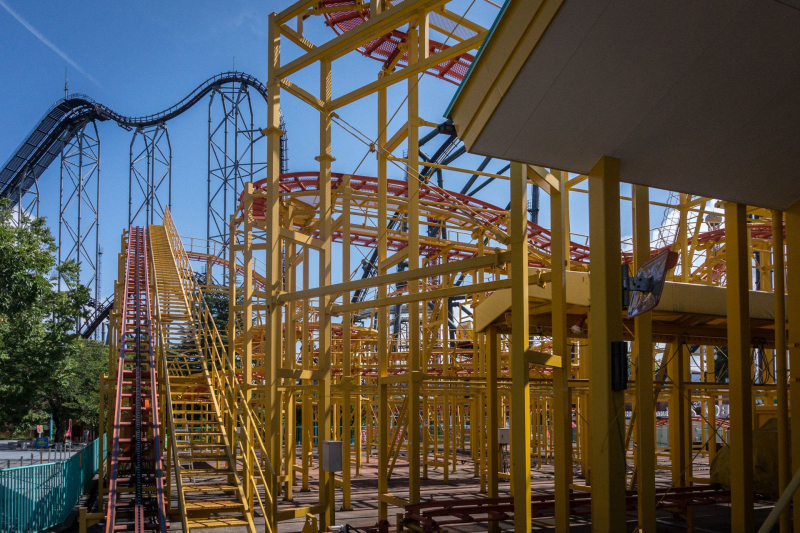
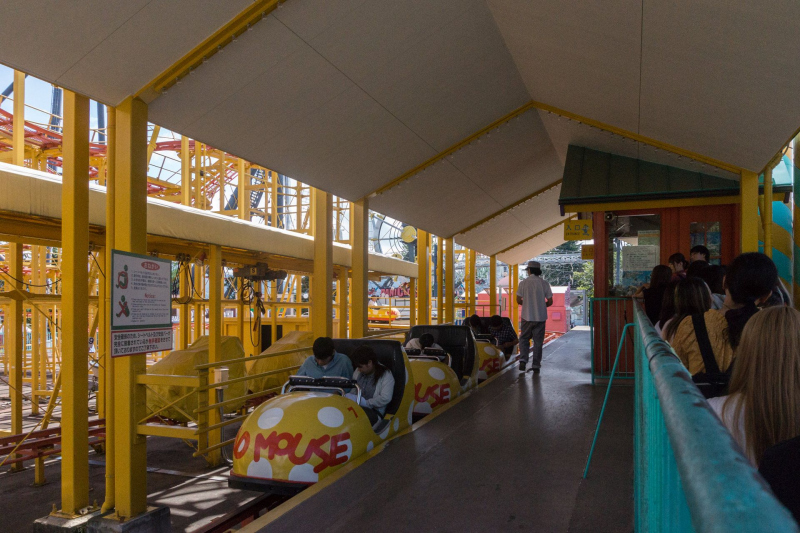
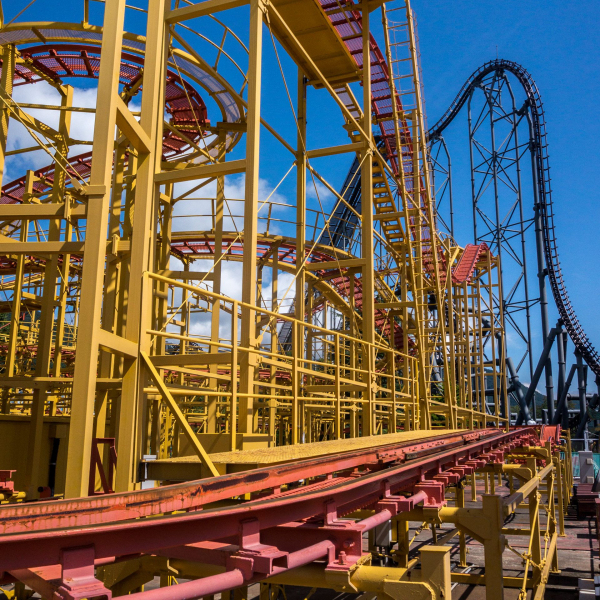
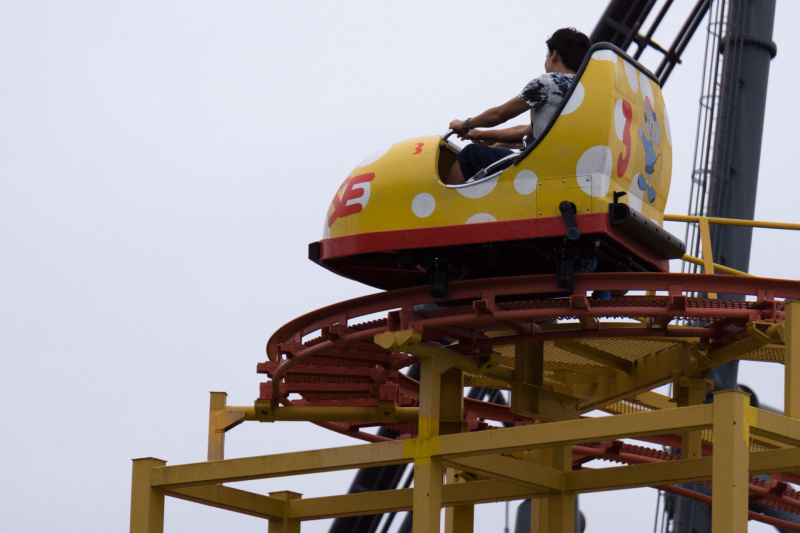
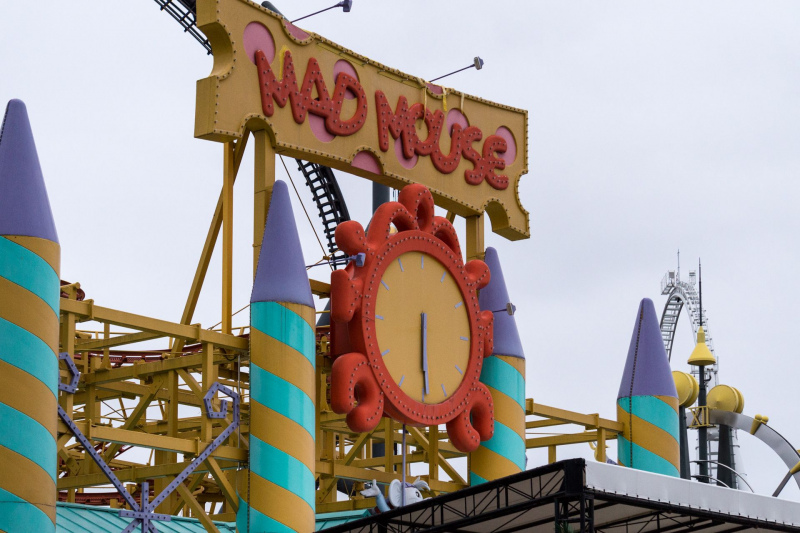
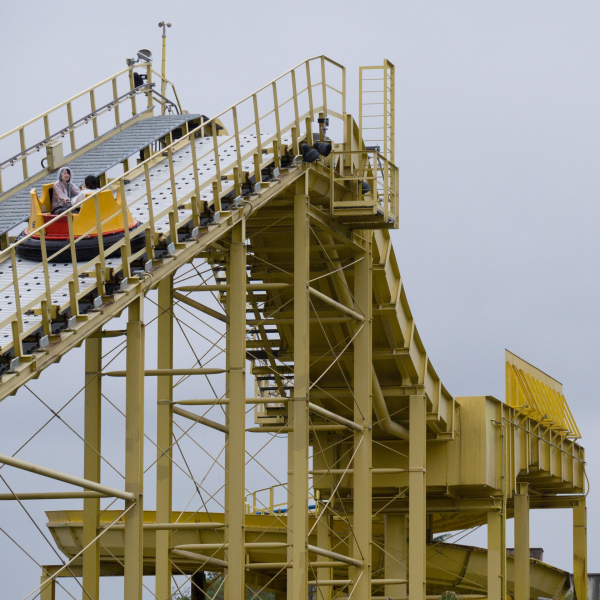
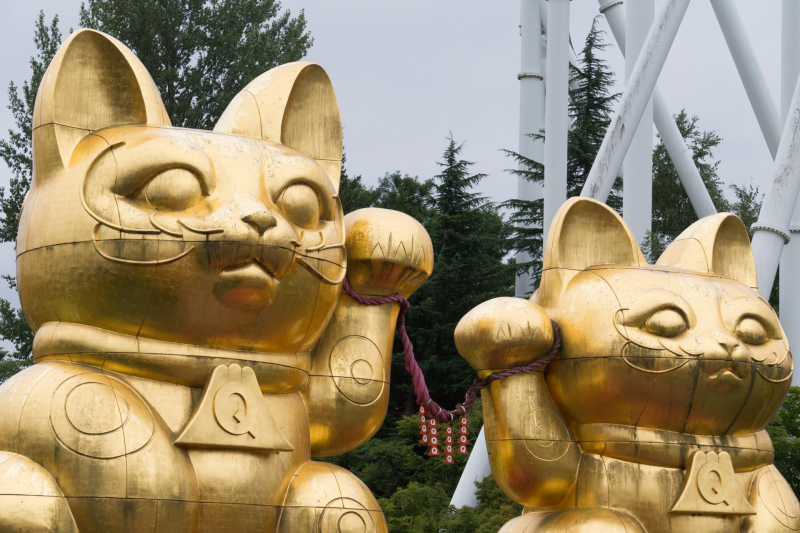
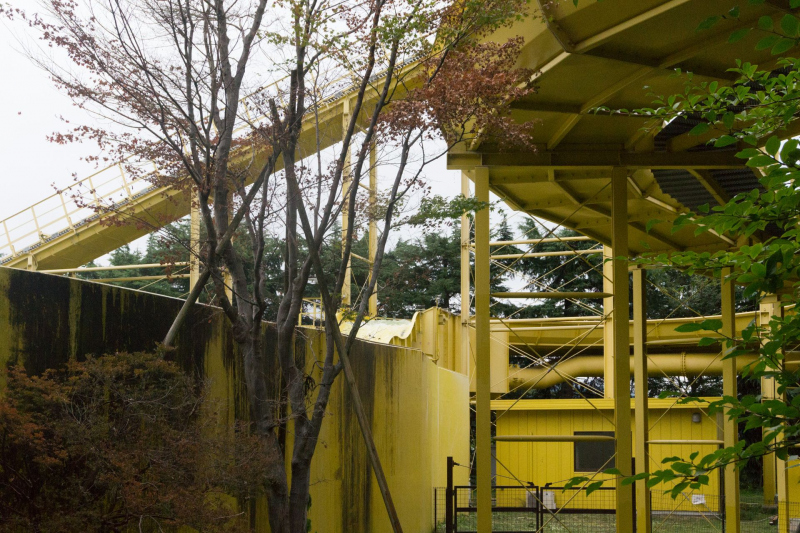
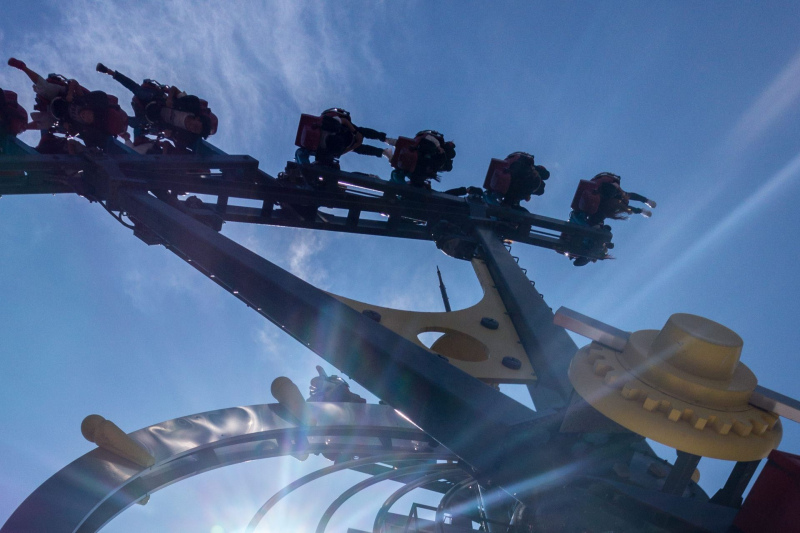
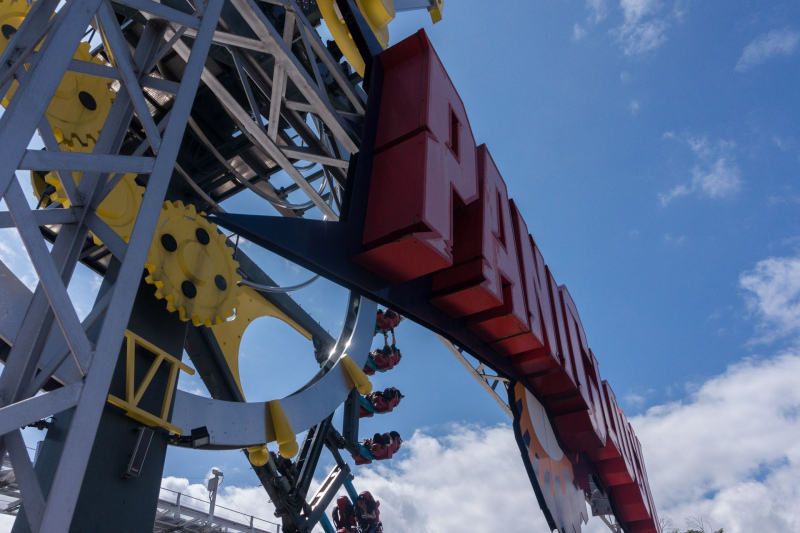
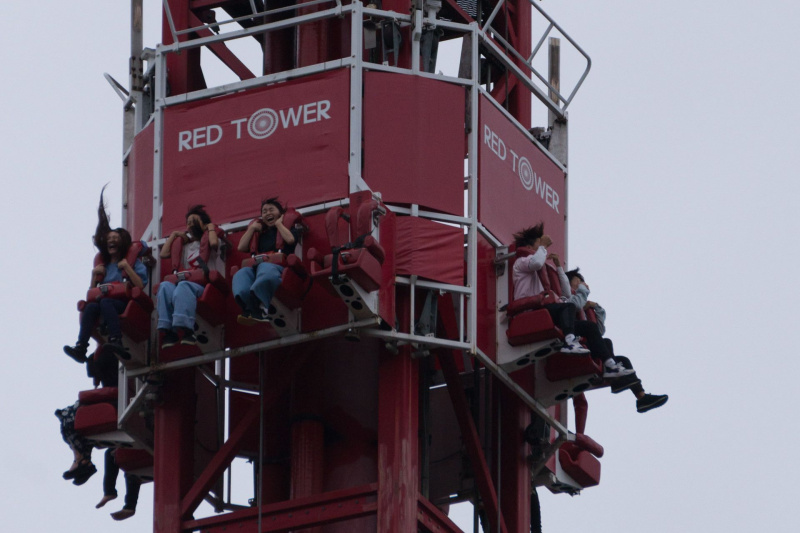
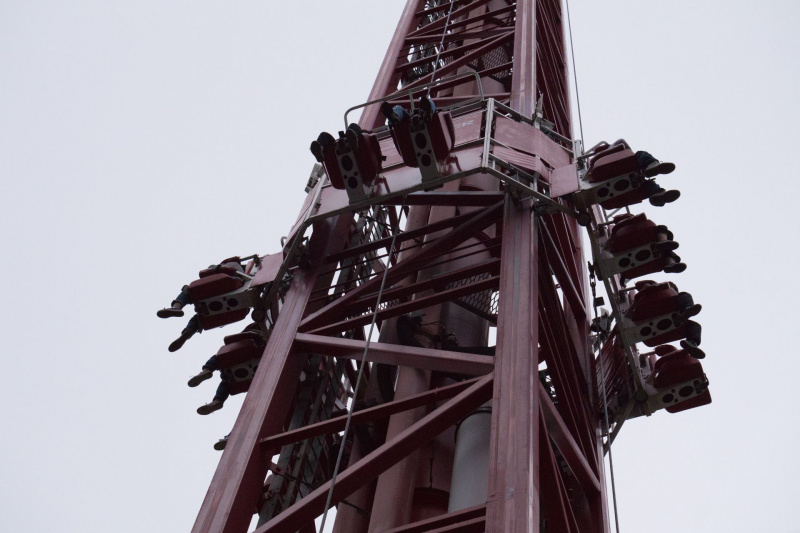
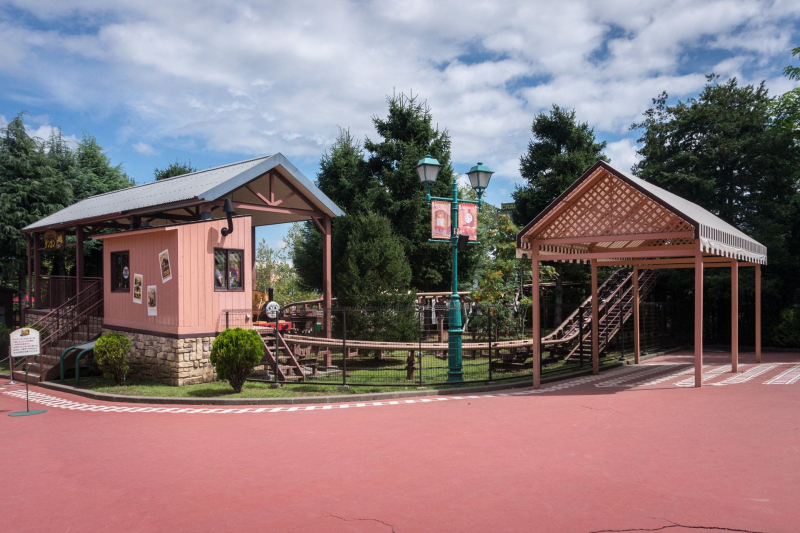
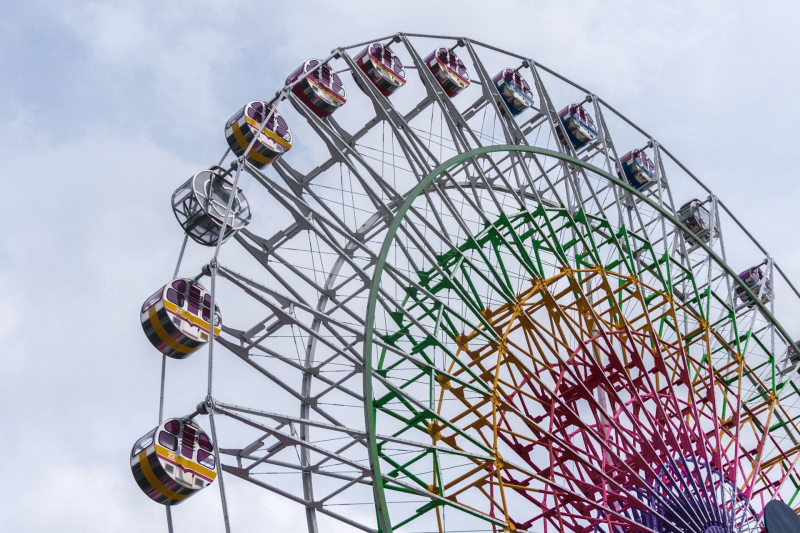
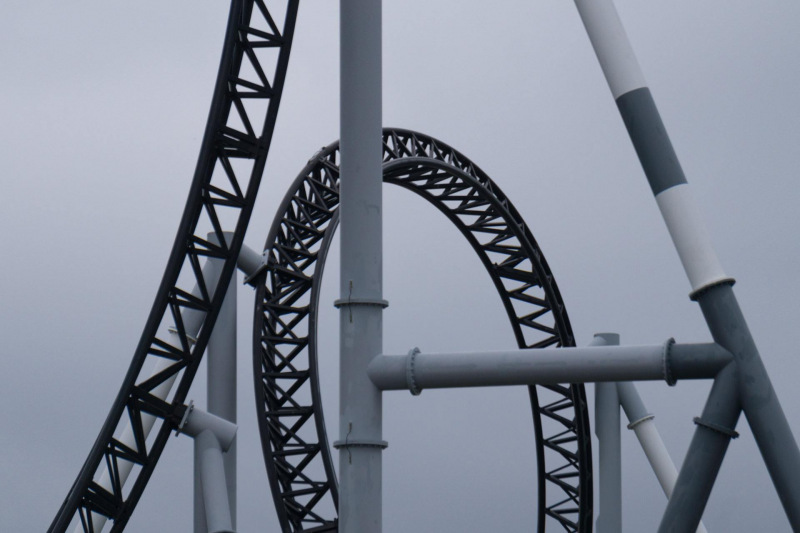
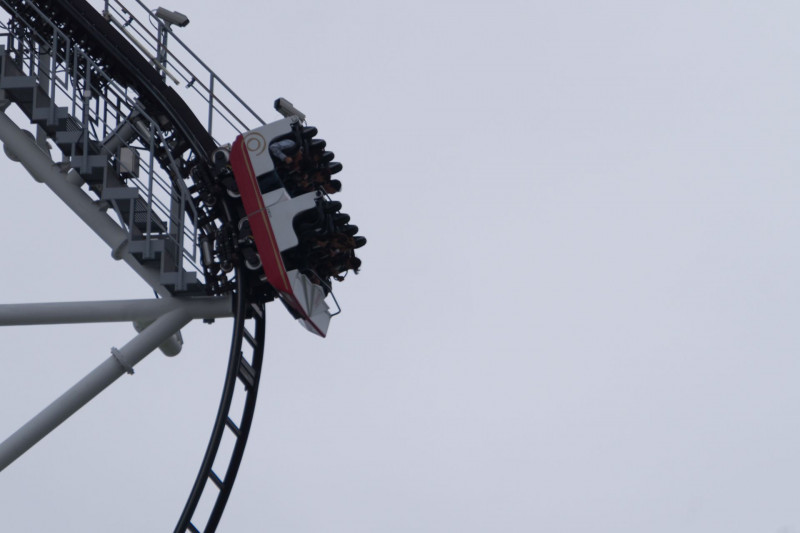
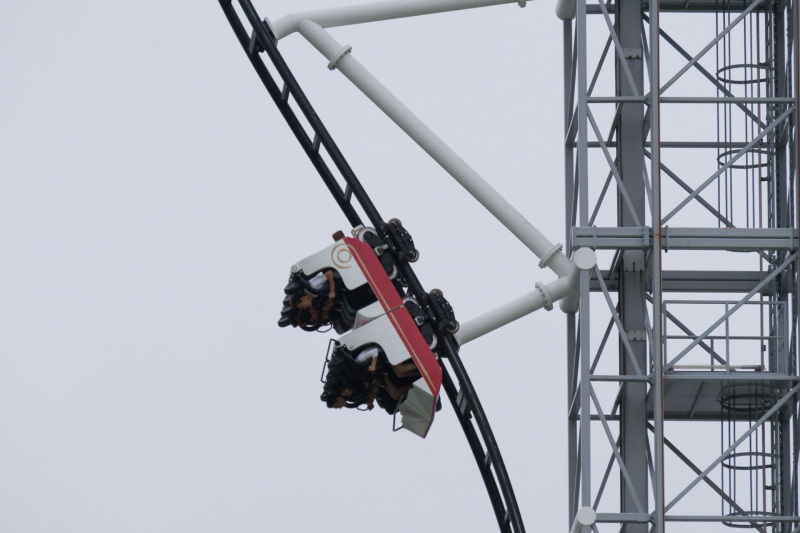
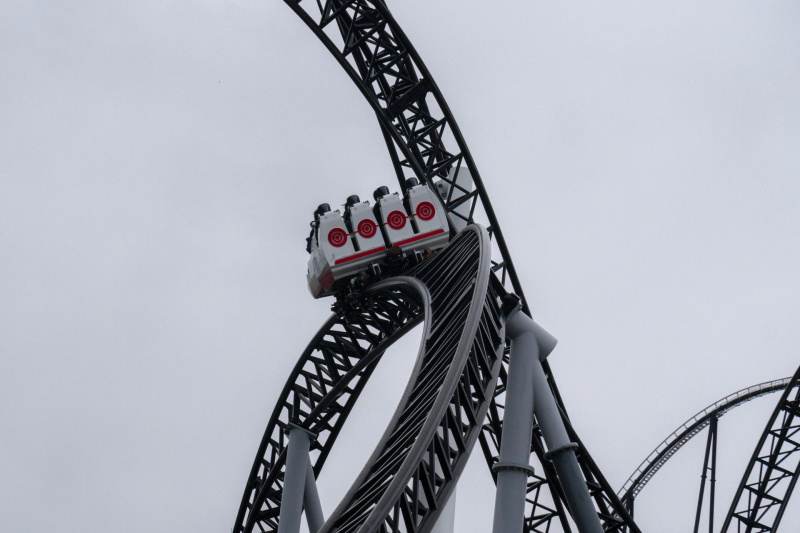
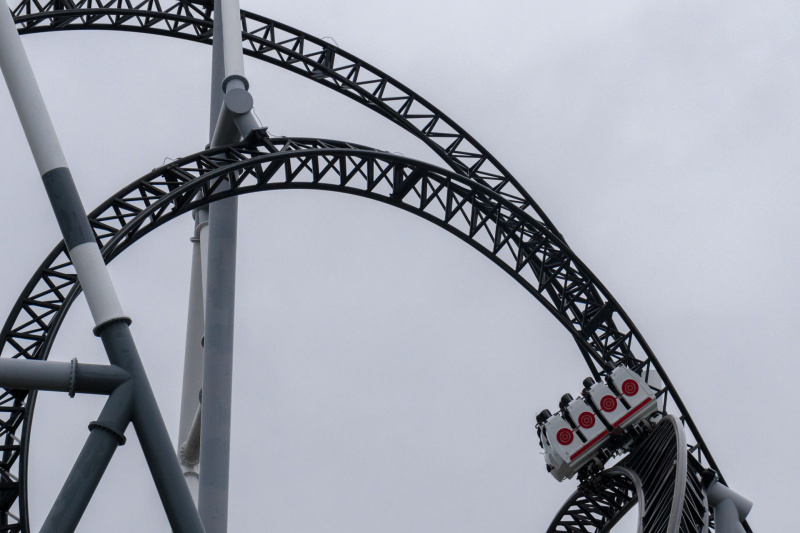
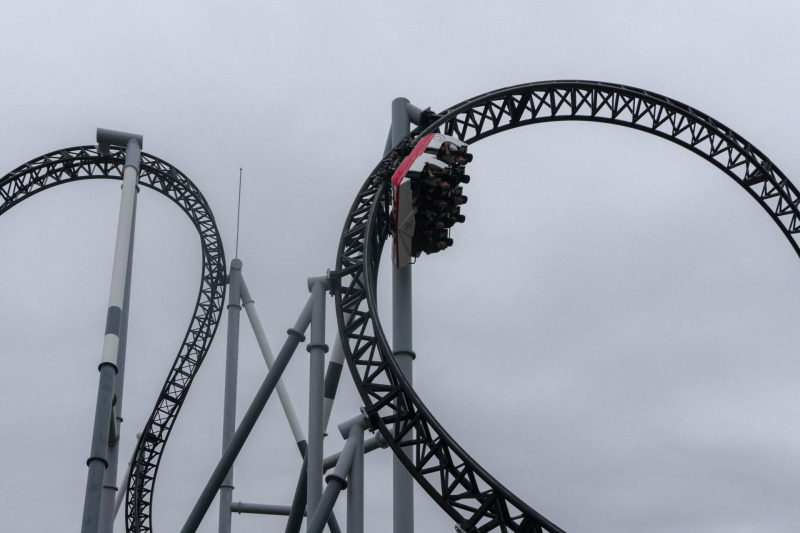
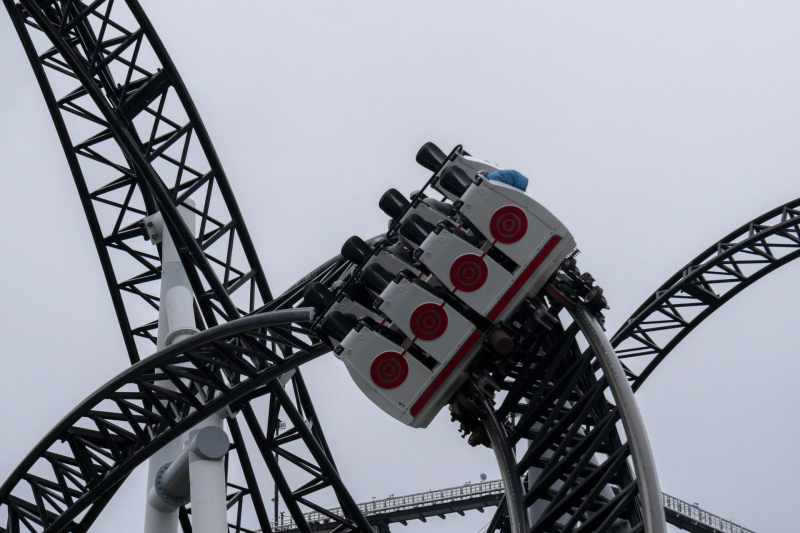
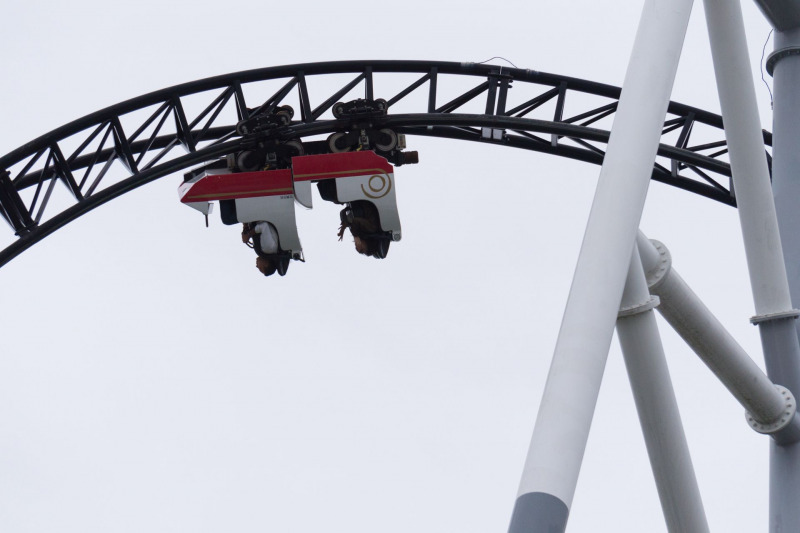
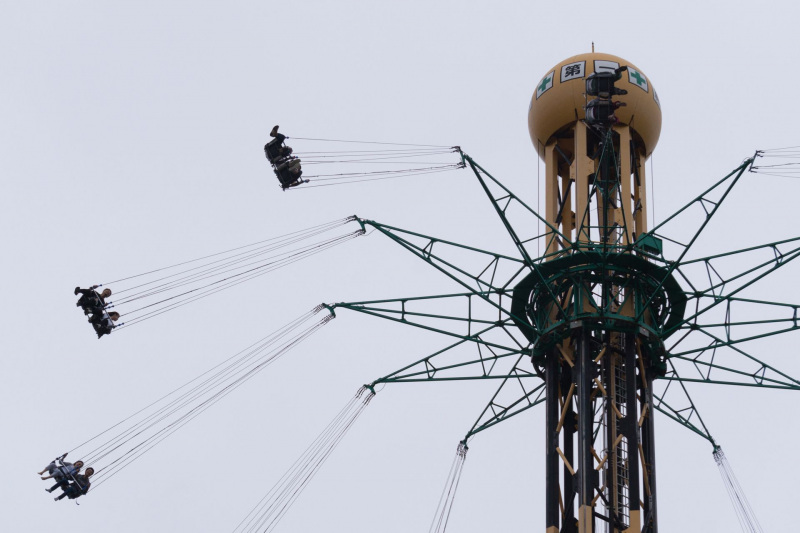
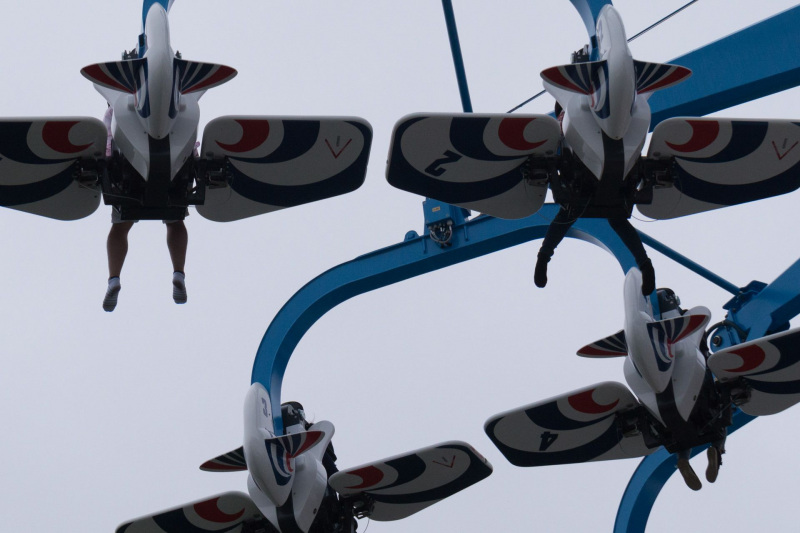
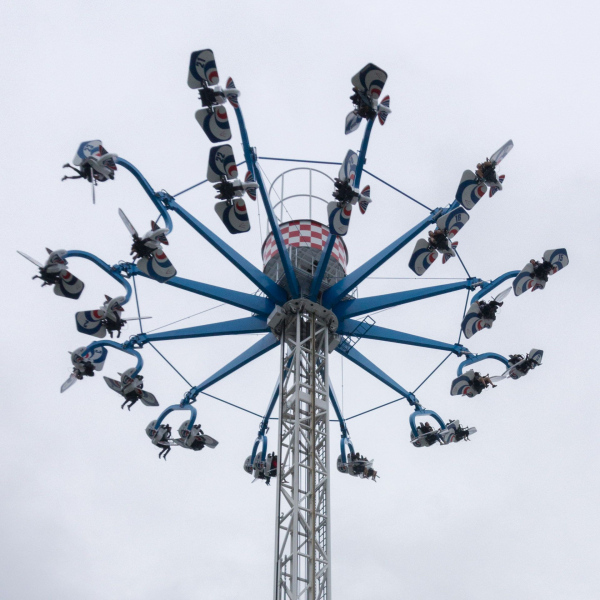
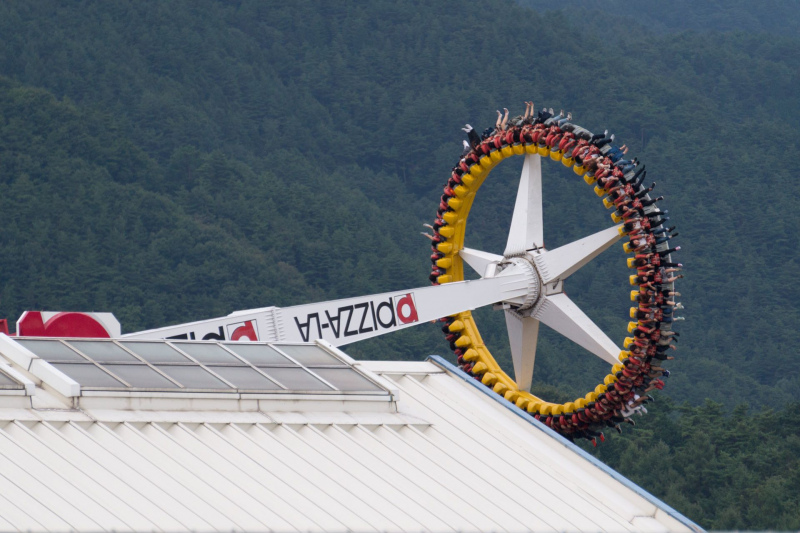
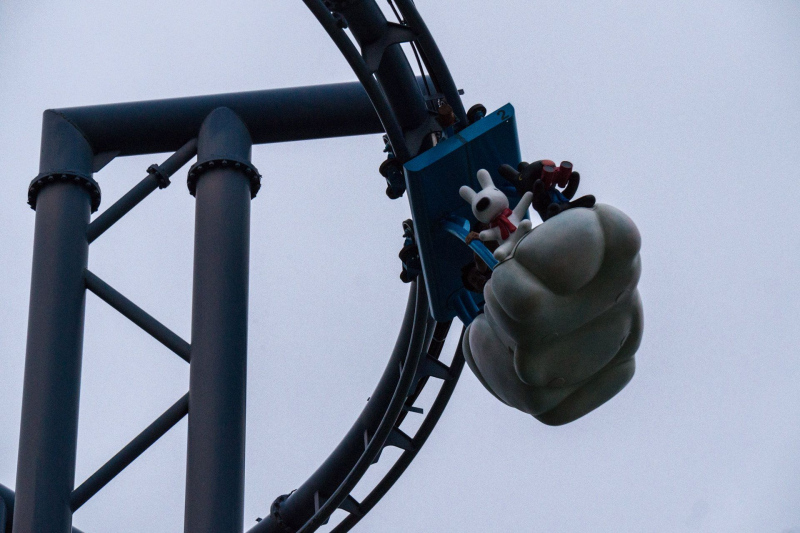

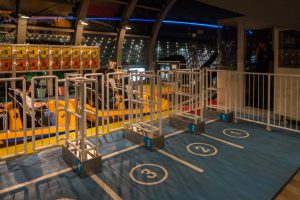 Tokyo Dome City Attractions (東京ドームシティ)
Tokyo Dome City Attractions (東京ドームシティ)